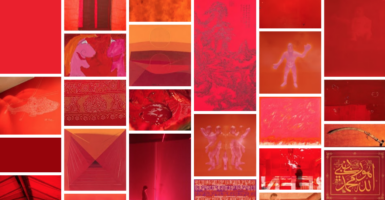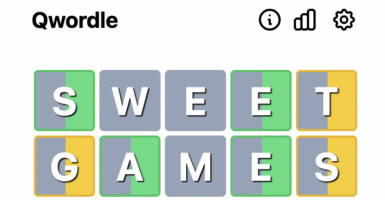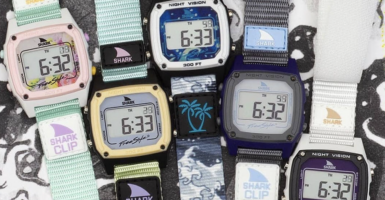Remember Simpler Times With These Pictures From The 1960s
There’s an odd duality to the ’60s that stands out to a greater degree than any other decade of the last century. On the one hand, it’s odd to describe the decade as a happy time due to the tumult that ran through it from President Kennedy’s assassination to the anxieties of the Cold War to powerful civil rights struggles to the outbreak of the Vietnam War.
At the same time, it’s easy to underestimate the intense nostalgia that so many people still have for the ’60s. They weren’t happy times for everyone but many remember them fondly. These carefree photos go a long way to show why.
TV Was Bigger Than Ever Before
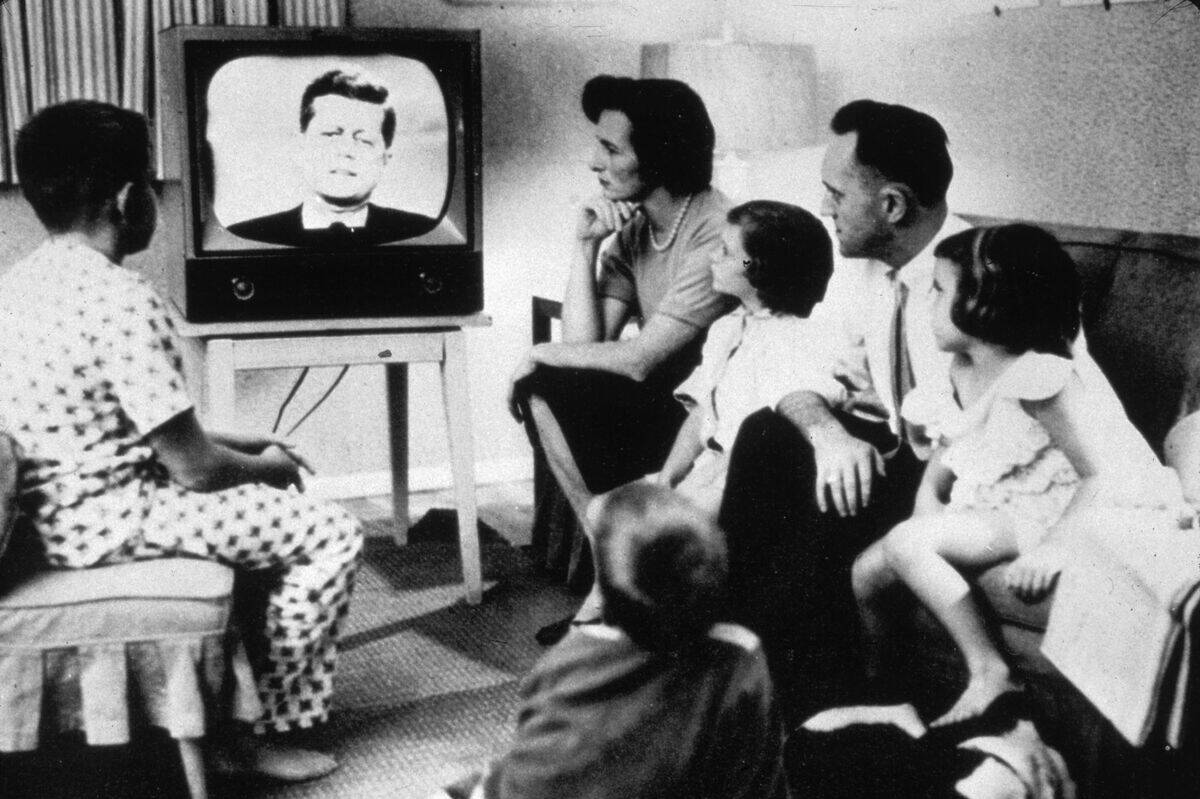
While the prosperity of the 1950s allowed a significant number of American families to afford a television set, that trend continued through the ’60s to the point that the medium was viable enough to host presidential debates.
Indeed, President John F. Kennedy’s charm and confidence on screen was at least partially credited for his victory over Richard M. Nixon in the 1960 Presidential Election.
People Found Their Own Fun
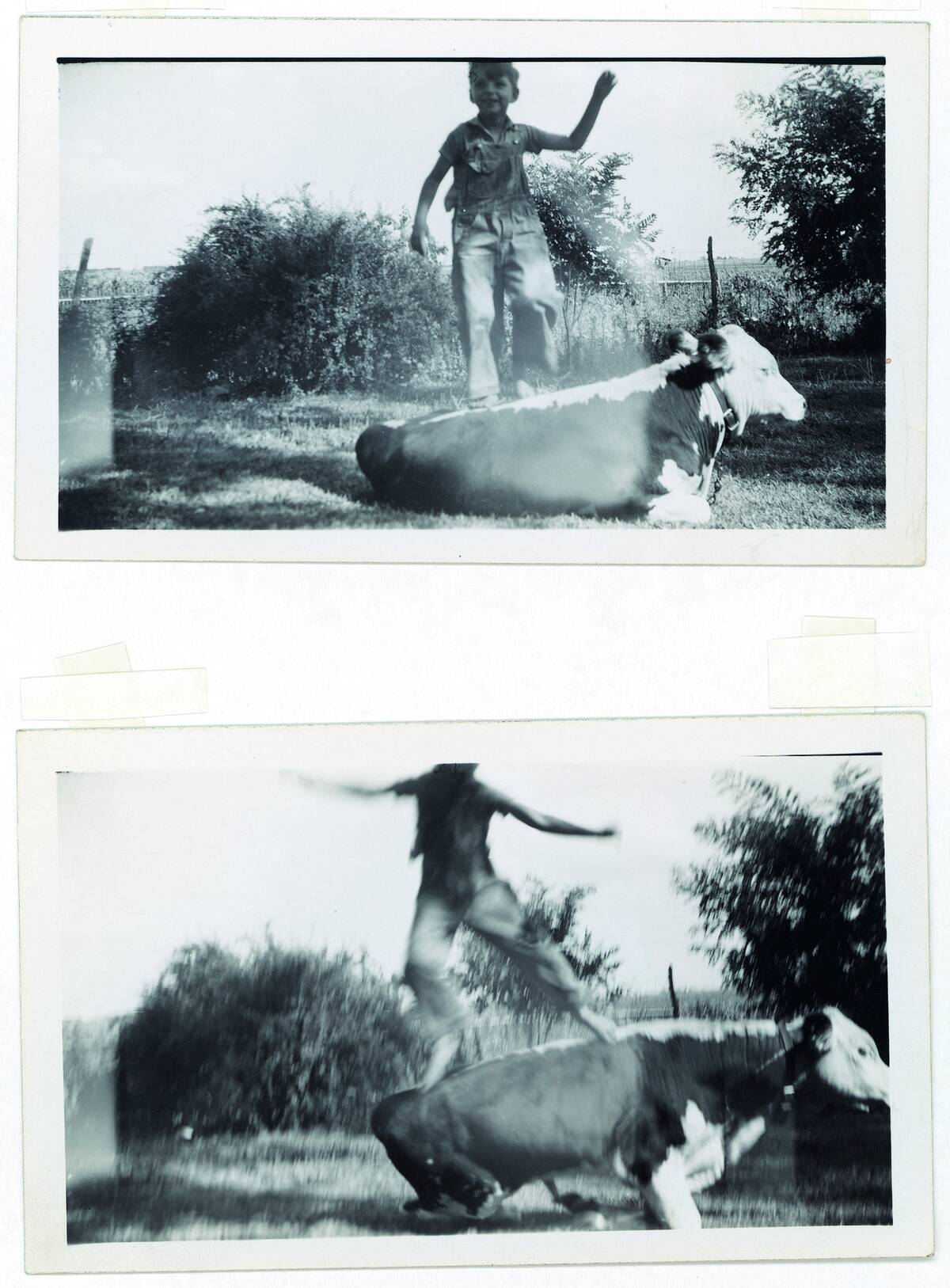
Although TV was picking up speed in American society, most parents were still reticent to see their children cooped up inside and sitting in front of it. Instead, the were firm on ensuring the kids went outside to get in their own little adventures.
This photo was taken in Switzerland but similar scenes were likely playing out in rural communities throughout America. Rather than futilely try and tip this cow, one ten-year-old boy was content to try and ride her back like a surfboard.
Barbie Was All The Rage
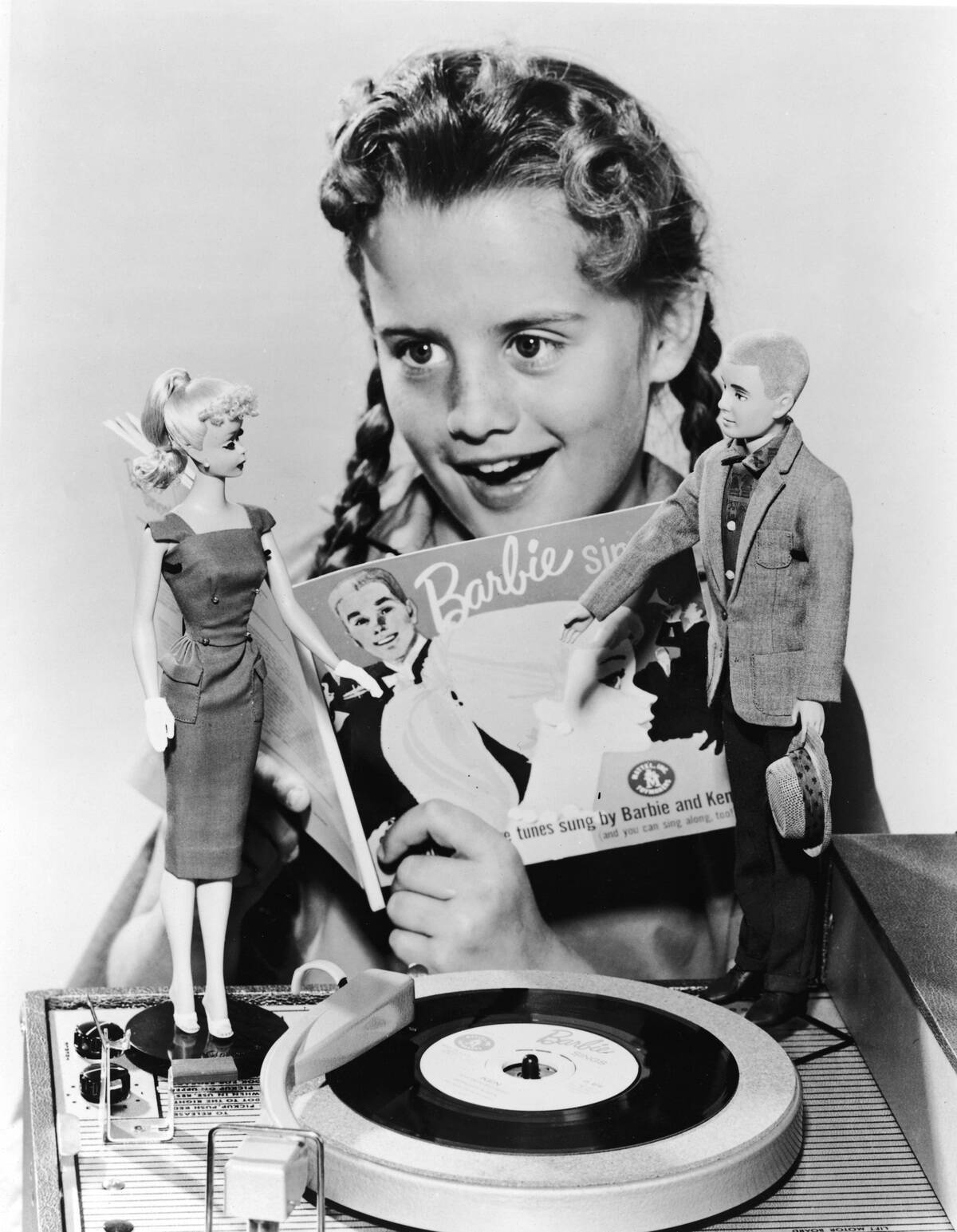
Mattel first introduced the Barbie doll in 1959, and by the dawn of the new decade, Barbie was a cultural juggernaut — a position the toy line has held ever since.
While Barbie has been criticized for promoting unrealistic body standards, Mattel has attempted to flip the script at times by positioning Barbie as a model of feminine empowerment.
More People Than Ever Liked To Ride In Style
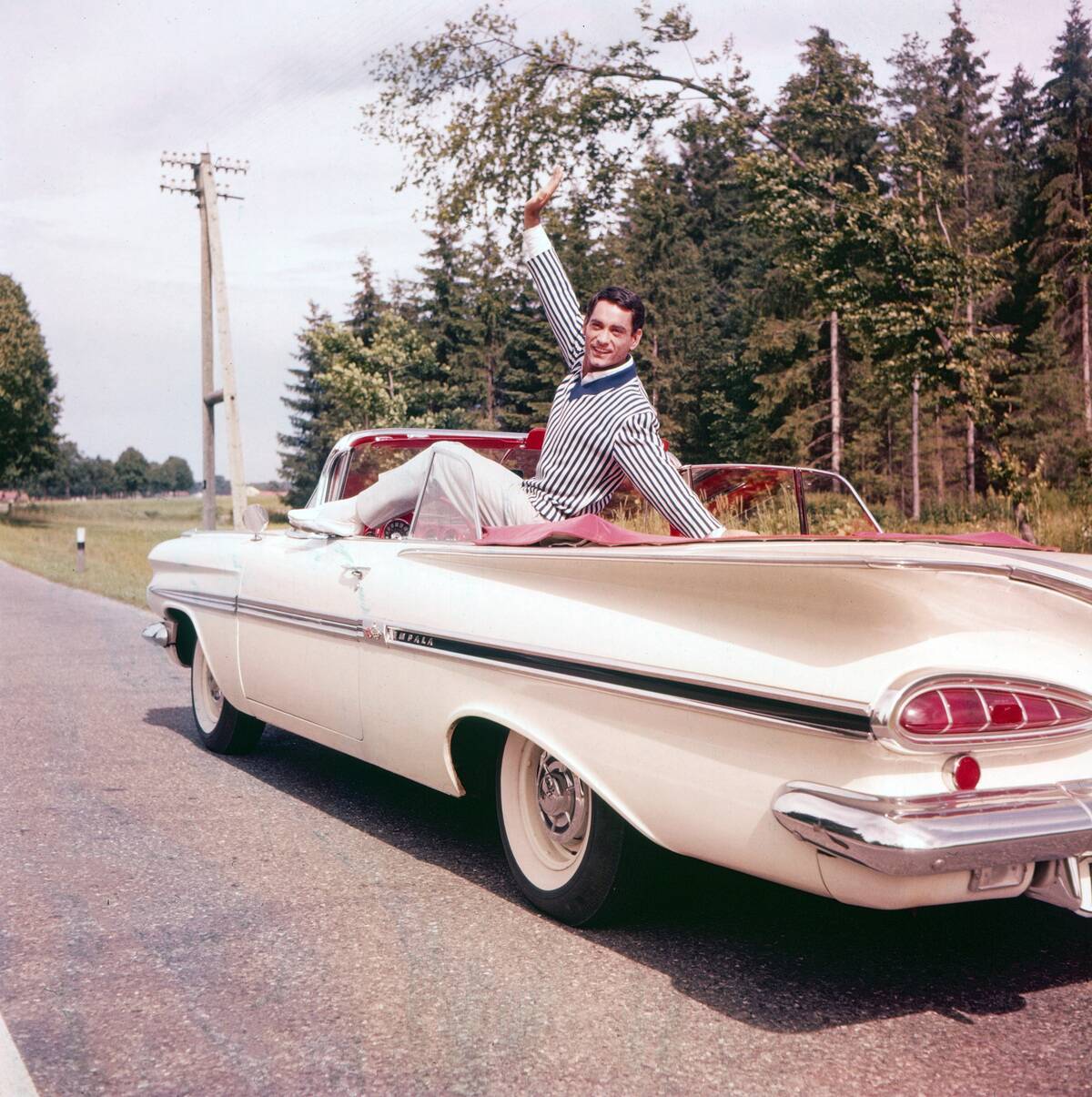
While there are no shortage of car collectors who would swoon over classic models from the ’60s today, what makes the decade particularly nostalgic in car culture was the rise of the convertible.
It wasn’t the first decade to have them but the bright, beach-going aesthetics of the ’60s favored a car that let the fragrant sea breeze rush through drivers’ hair as they went on their scenic adventures. That’s likely part of why convertible sales peaked in 1965.
Broadway Was In Full Swing
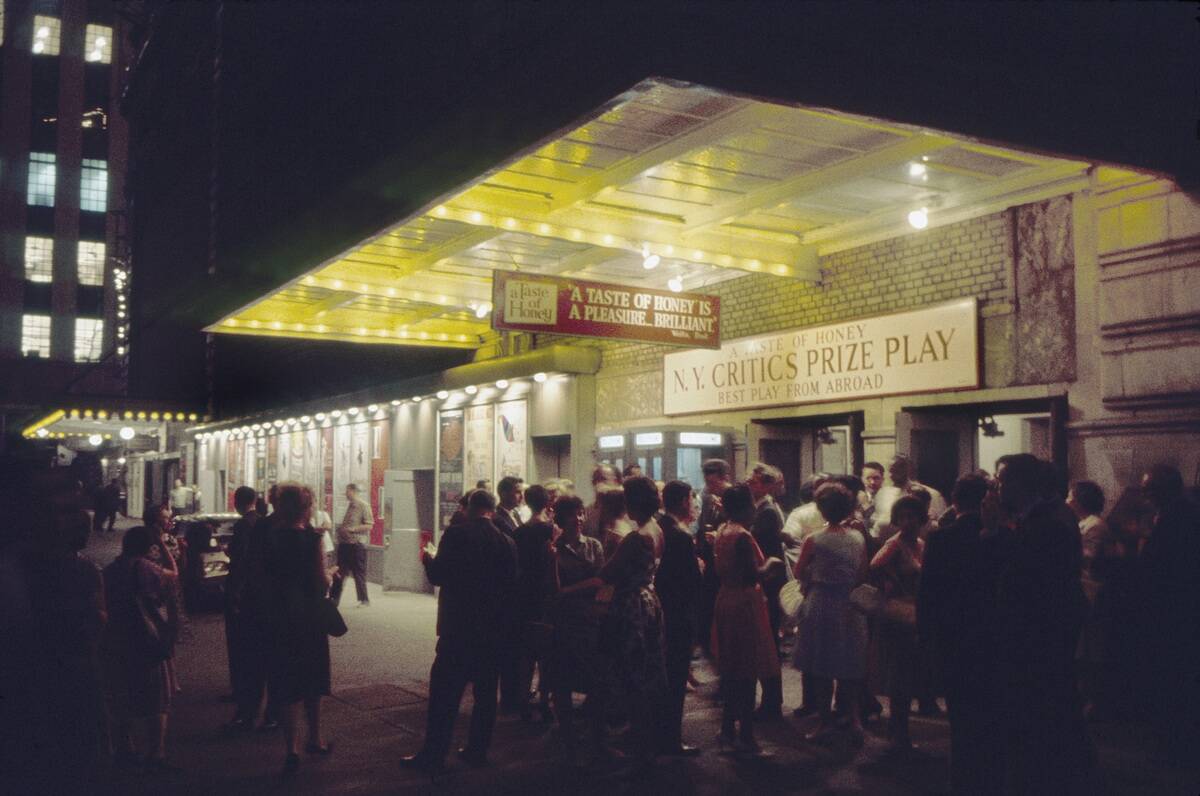
The rise of movie theatres earlier in the 20th century cut into the entertainment sector previously occupied by live theatre, but as this bustling 1961 image shows, there was still plenty of appetite for live plays in the 1960s.
This picture was snapped outside of Midtown Manhattan’s iconic Booth Theatre, which was named for Edwin Booth — the brother of John Wilkes Booth.
A Whimsical Take On A Classic Story

Although Gulliver’s Travels dates back to 1726, the story was the subject of a high-profile film adaptation in 1960. Thanks to 30 years of advancements in film, capturing the magical worlds Lemuel Gulliver traversed was easier than ever.
The wonder of those travels was expressed in a wholesome way in this promotional shot by actor Kerwin Mathews, who laid under ropes in 1960 as some adorable miniature models stood in for the Lilliputians.
The Beatles Went Through A Transformation
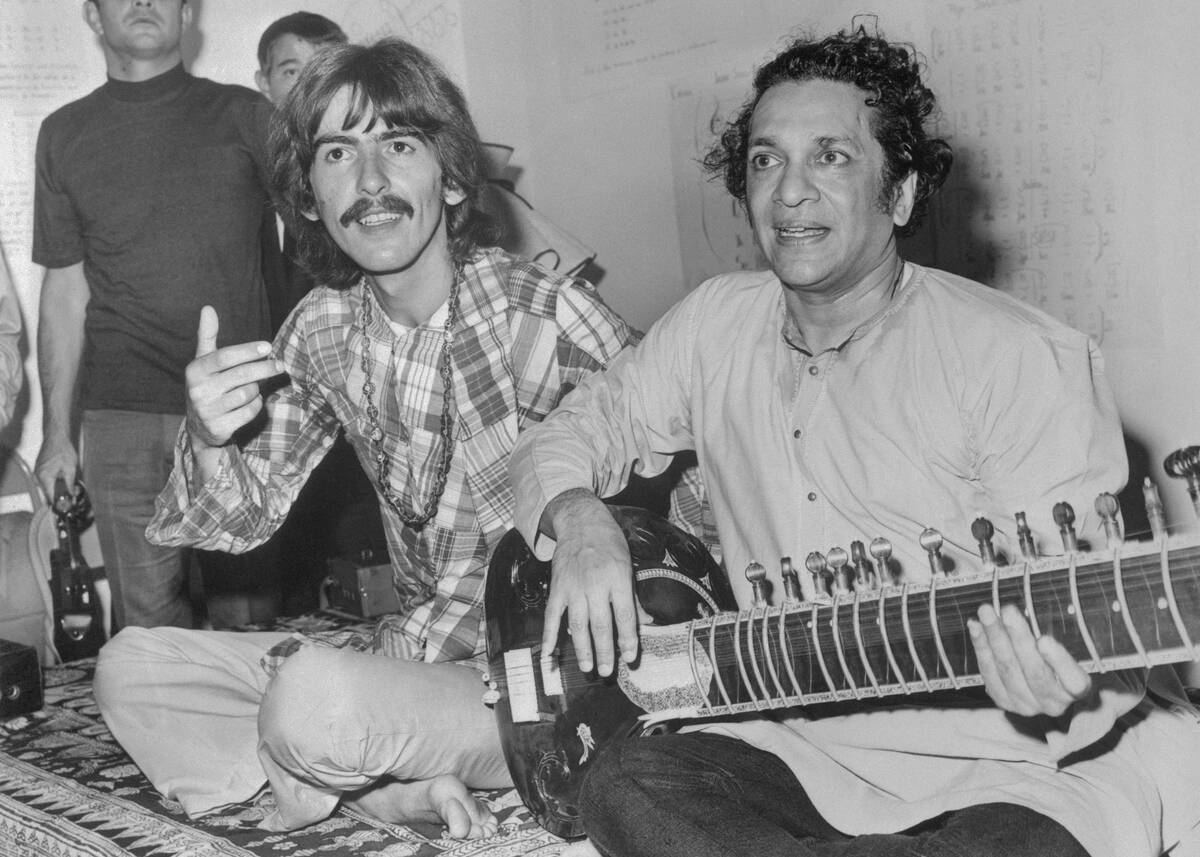
It’s hard to believe that the Beatles started the decade as a clean-cut, virtually unknown band from Liverpool, because by the end of the decade, they were the biggest names in music with a hippie aesthetic that represented a significant departure from their original image.
This image of George Harrison with Ravi Shankar in 1968 shows the scene during the band’s trip to India to study under Maharishi Mahesh Yogi at his ashram.
It Was A Golden Age For Cartoons
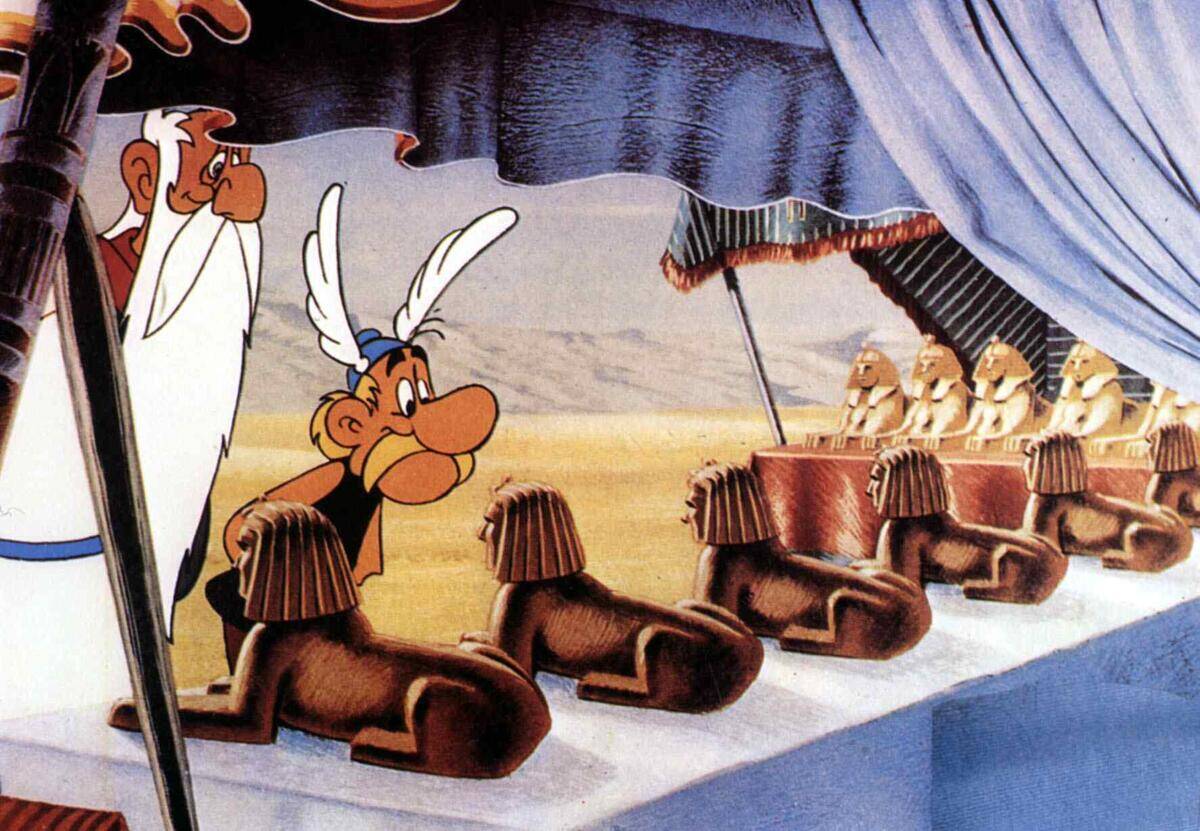
While Looney Tunes, Mickey Mouse and his friends, and Tom & Jerry all made their mark on the cartoon landscape of the ’50s, the ’60s saw an explosion of classic cartoons like The Flintstones, Scooby Doo, The Jetsons, and Peanuts.
Indeed, even the classics of yesteryear became widely accessible once The Bugs Bunny Show hit television in 1960. There were so many classic cartoons that some characters — like Asterix the Gaul — are only remembered by people who grew up back then.
Cars Represented Freedom
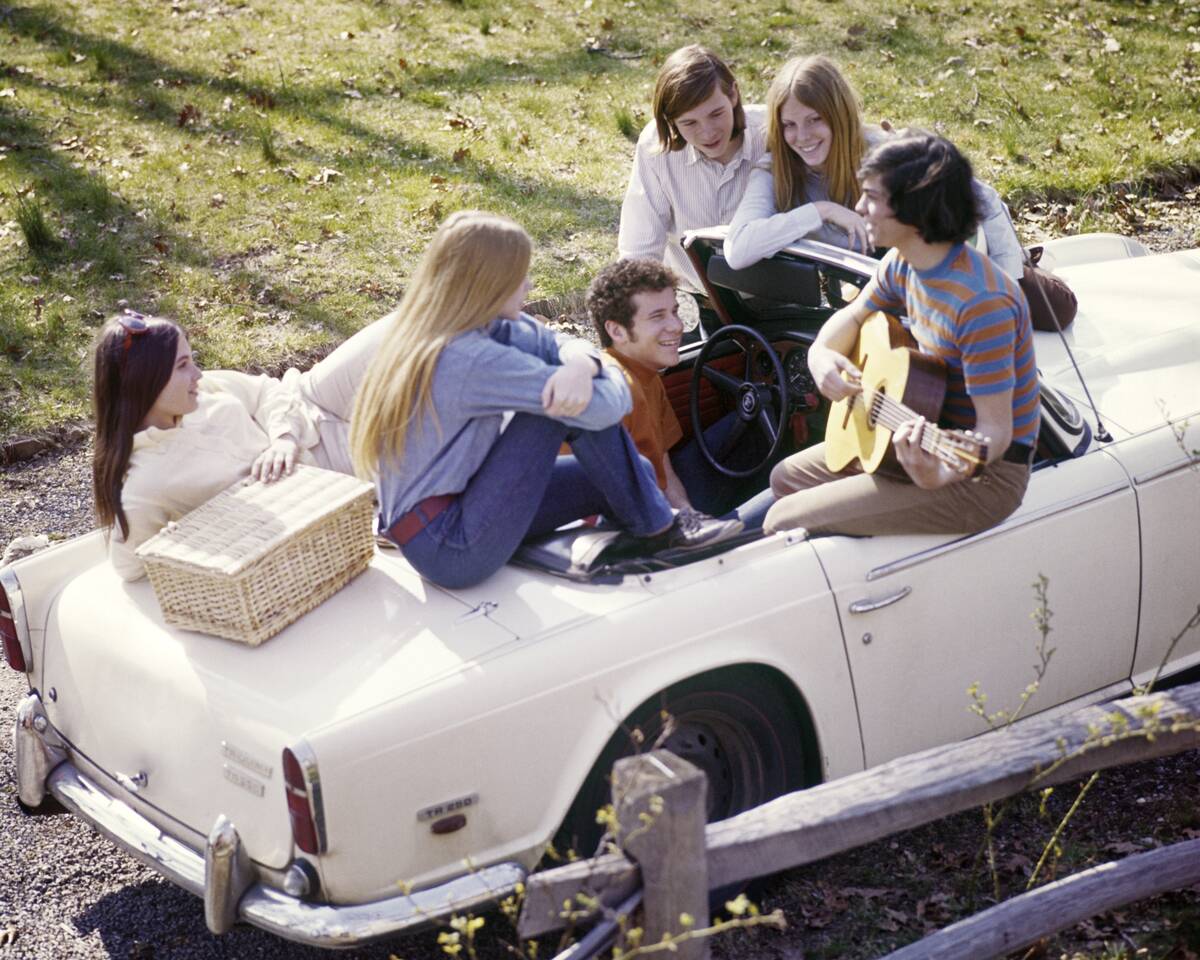
This image of a group of teenagers on a white Triumph convertible is almost undoubtedly staged, but it represents the 1960s ideal of teenage freedom.
With a picnic basket, a guitar or stack of records, and — most importantly — a car, suburban teenagers found themselves with the world at their fingertips.
A Classic Time For Cinema
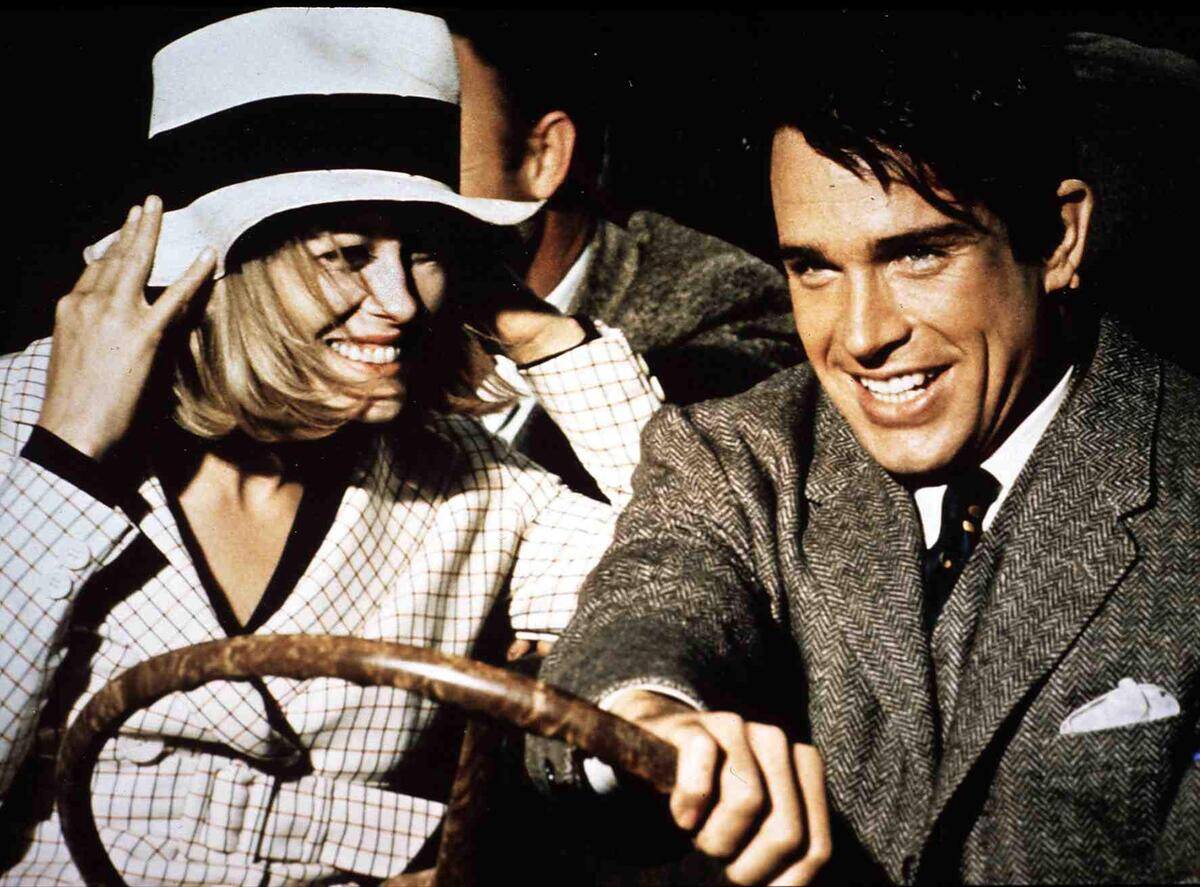
While the kids enjoyed a wide range of new cartoons, their parents found that the ’60s was a classic era for daring, artful cinema.
Wholesome enduring entertainment like Mary Poppins and The Sound Of Music shared prestige and prominence with provocative, medium-changing films like the crime drama Bonnie And Clyde, the cerebral sci-fi masterpiece 2001: A Space Odyssey, and Alfred Hitchcock’s groundbreaking thriller Psycho.
Baseball’s Hit King Entered His Prime
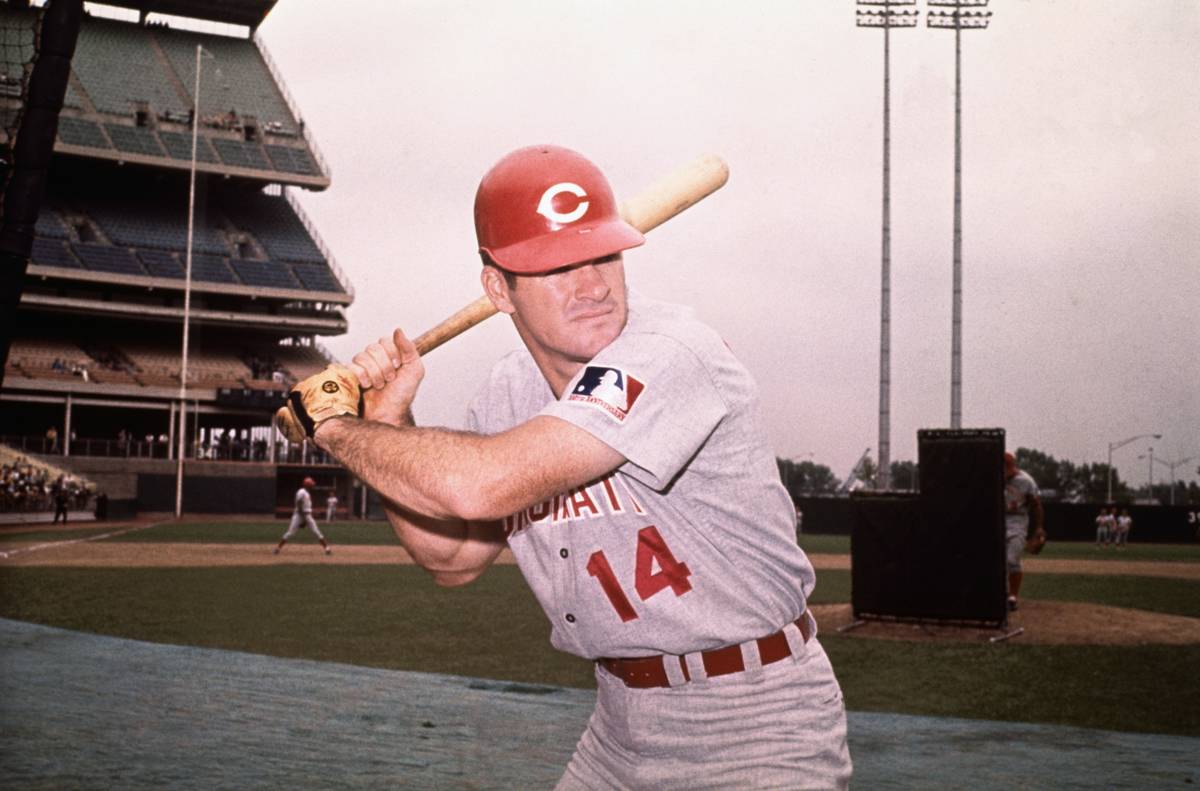
In the ’80s, the late Pete Rose became famous for setting baseball’s all-time hit record, and then infamous for receiving a lifetime ban for betting on baseball.
But before his late-career notoriety, Rose was just a youngster from Cincinnati who made his big league debut with his hometown Reds in 1963. Rose would make his first all-star appearance in 1965, and by the following decade, he was a World Series champion.
Fashions Were As Wild And Colorful As They Got

Thanks to factors like London’s stylish fashion innovations throughout the ’60s and the rise of psychedelia as the decade went on, it was hard to find a more colorful and exciting era for clothing.
As outfits like the one worn by Sylvie Vartan here shown, the patterns emphasized at the time featured a wide array of colors and bold, freeform patterns. Of course, the wild ideas behind them were held together by the smart London cuts of the garments.
Baseball Cards Were An Institution
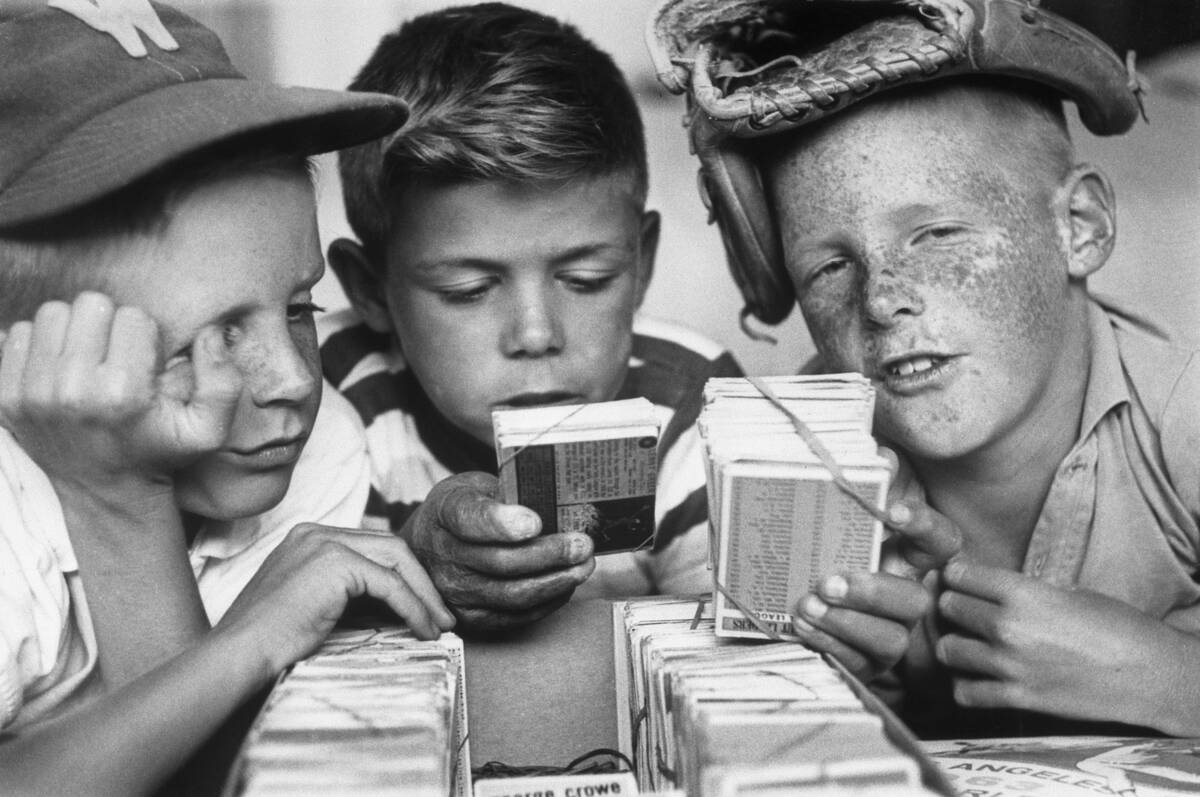
Baseball cards had been around since the late 19th century, but by the midcentury years, they had come into their own as a mainstay for sports-oriented American kids.
The cards of the era were simple affairs, with each pack generally including a stick of bubblegum. While many 1960s cards are rare and valuable today, they were not initially produced with the secondary market in mind.
The USA Was All About Surfing
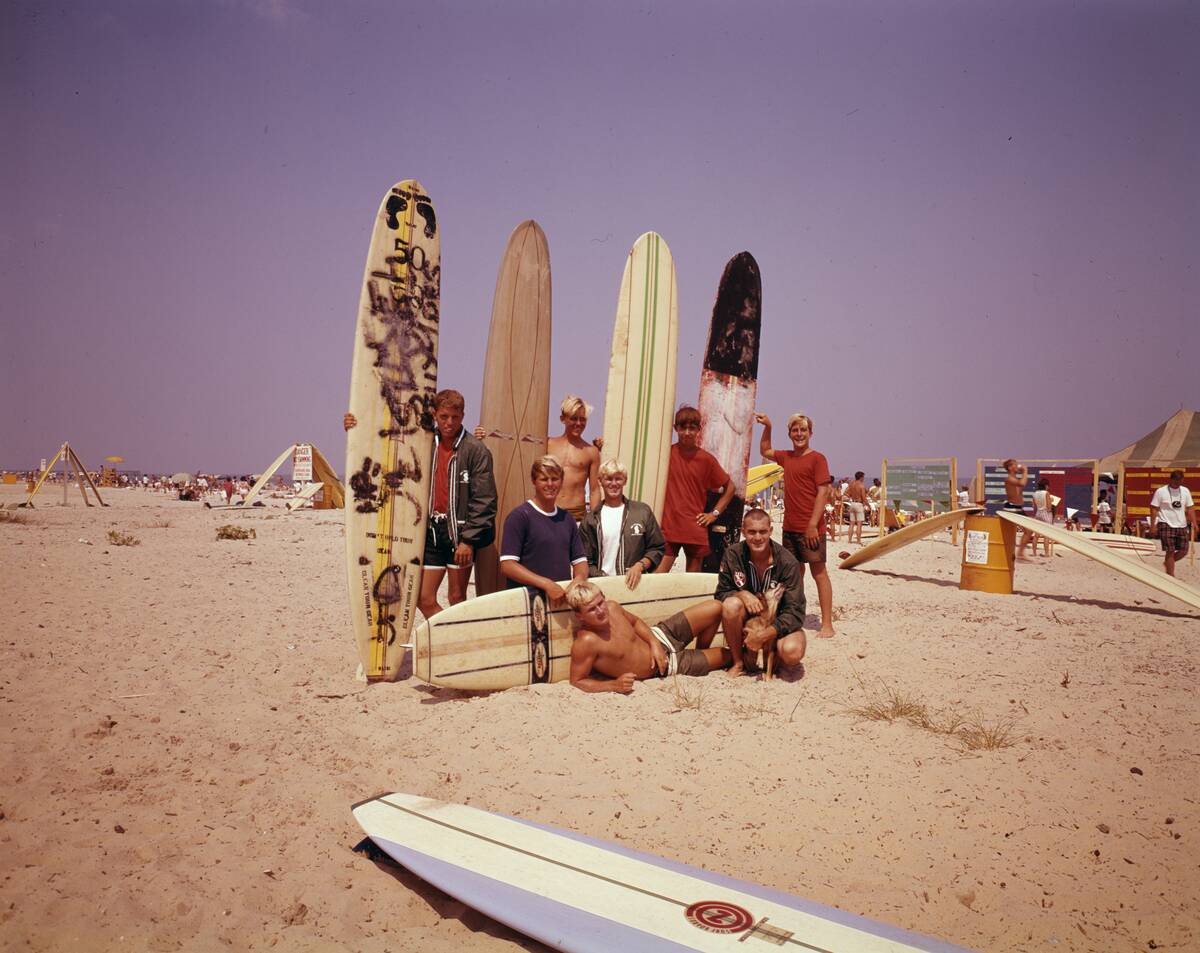
It may not have been the only place to be during the ’60s but it would be hard to argue against the assertion that few places were more popular among American teens than the nation’s beaches.
Although the Beach Boys famously put California on the map as America’s prime surfing spot, this photo from Virginia Beach shows that the pastime was just as popular on the other coast. It seems the band was right that if everyone had an ocean in the ’60s, everyone would be joining these kids.
It Was A Tennis Golden Age
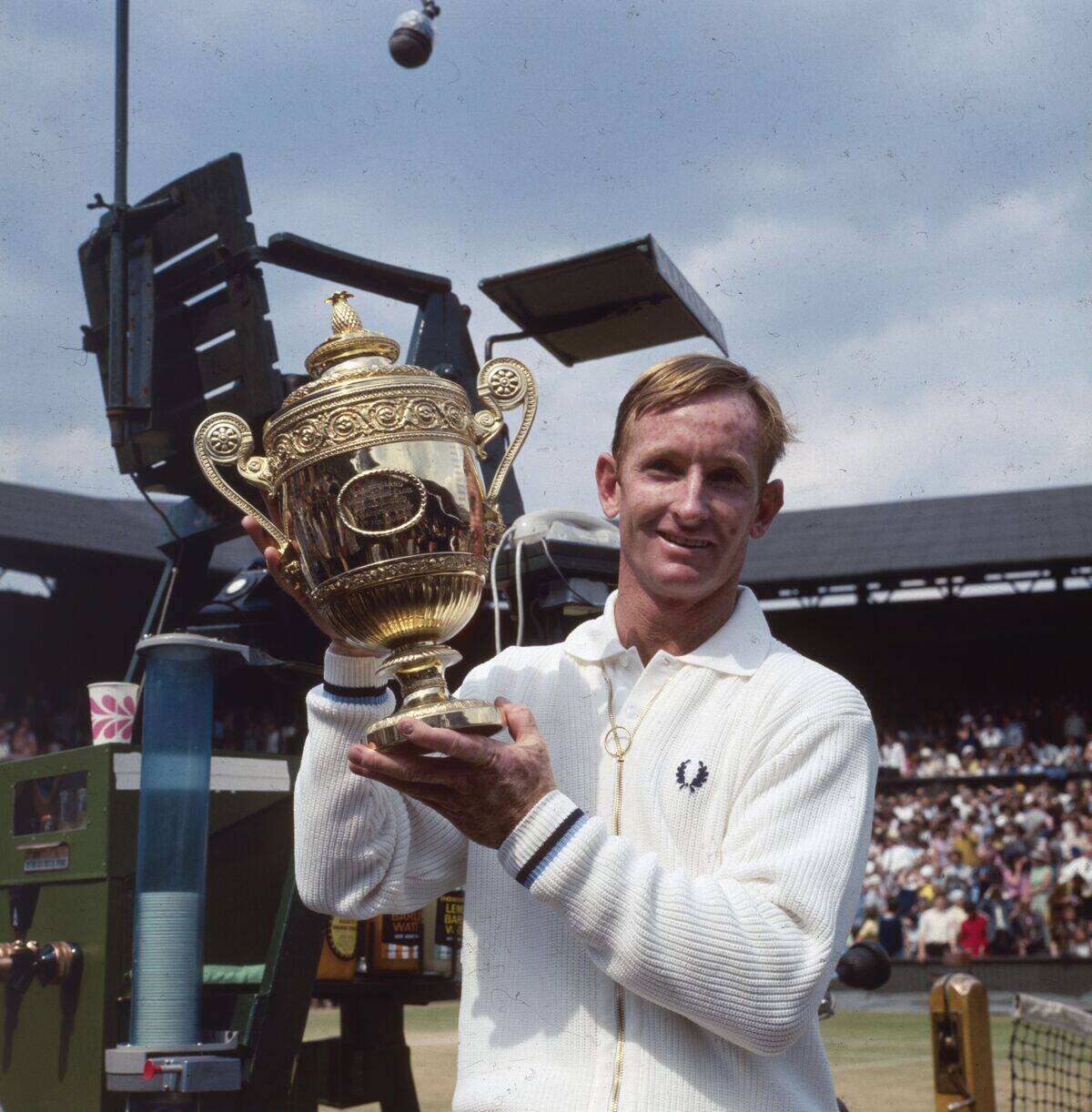
This 1968 image shows Rod Laver after winning the 1968 men’s singles final at Wimbledon. At the time, Laver was the most dominant figure in the sport. He achieved a historic feat in 1962 by winning all four Grand Slam tournaments — the Australian Open, French Open, Wimbledon, and the U.S. Open.
Laver repeated this rare feat once more in 1969. Today, he’s regarded as an Australian icon, with the country’s main tennis venue named in his honor.
They Weren’t Kidding When They Called It Beatlemania
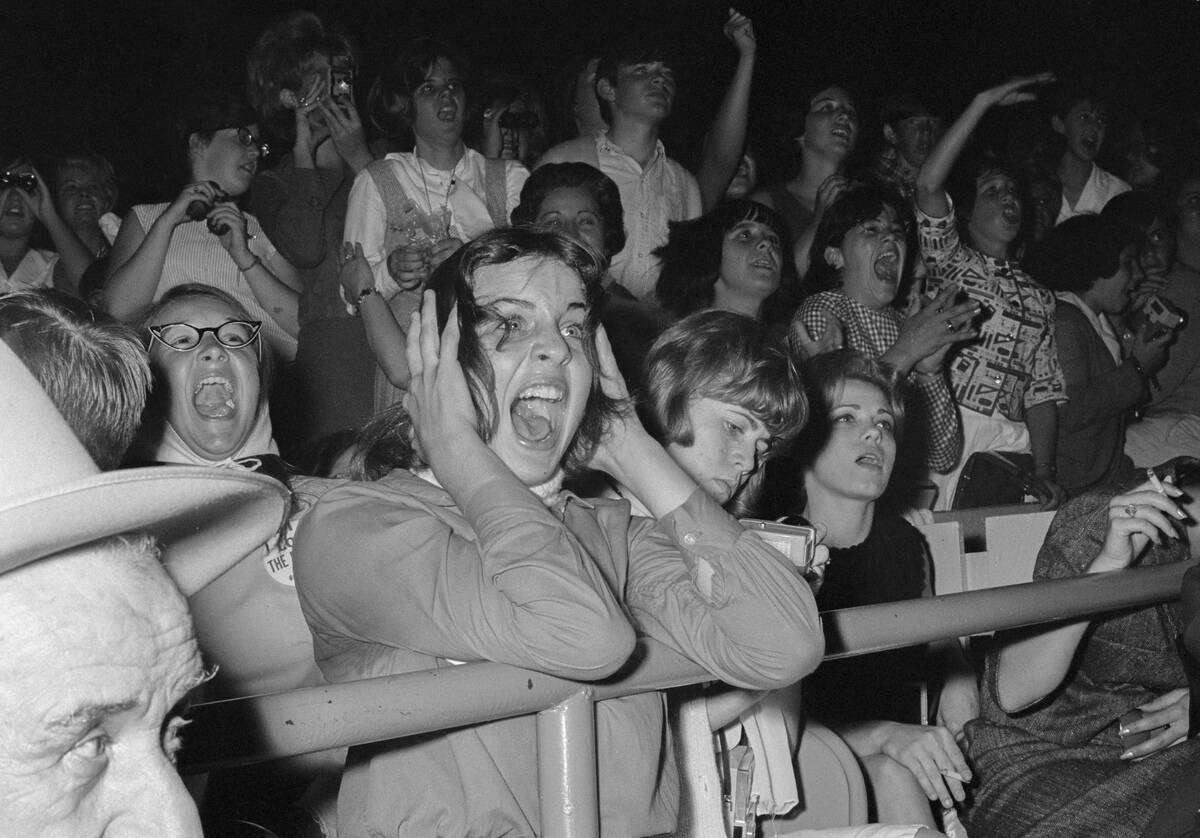
When the music of The Beatles hit American shores in 1964, the breakneck speed of their popularity brought them to heights Elvis had taken years to attain.
And as photos like this demonstrate, their popularity wasn’t just surprisingly widespread, it was ferocious.
Early Space Missions Were Touch And Go

Oceans provide a relatively soft landing surface for spacecraft returning to Earth, so this splashdown method has been used for decades.
In the early days of NASA, this could be a fraught process, as tiny mathematical differences could create a significant margin of error in determining where a capsule would touch down. In fact, astronaut Gus Grissom nearly drowned following the splashdown of a Mercury spacecraft.
The Beatles Show Unprecedented Ambition And Artistry
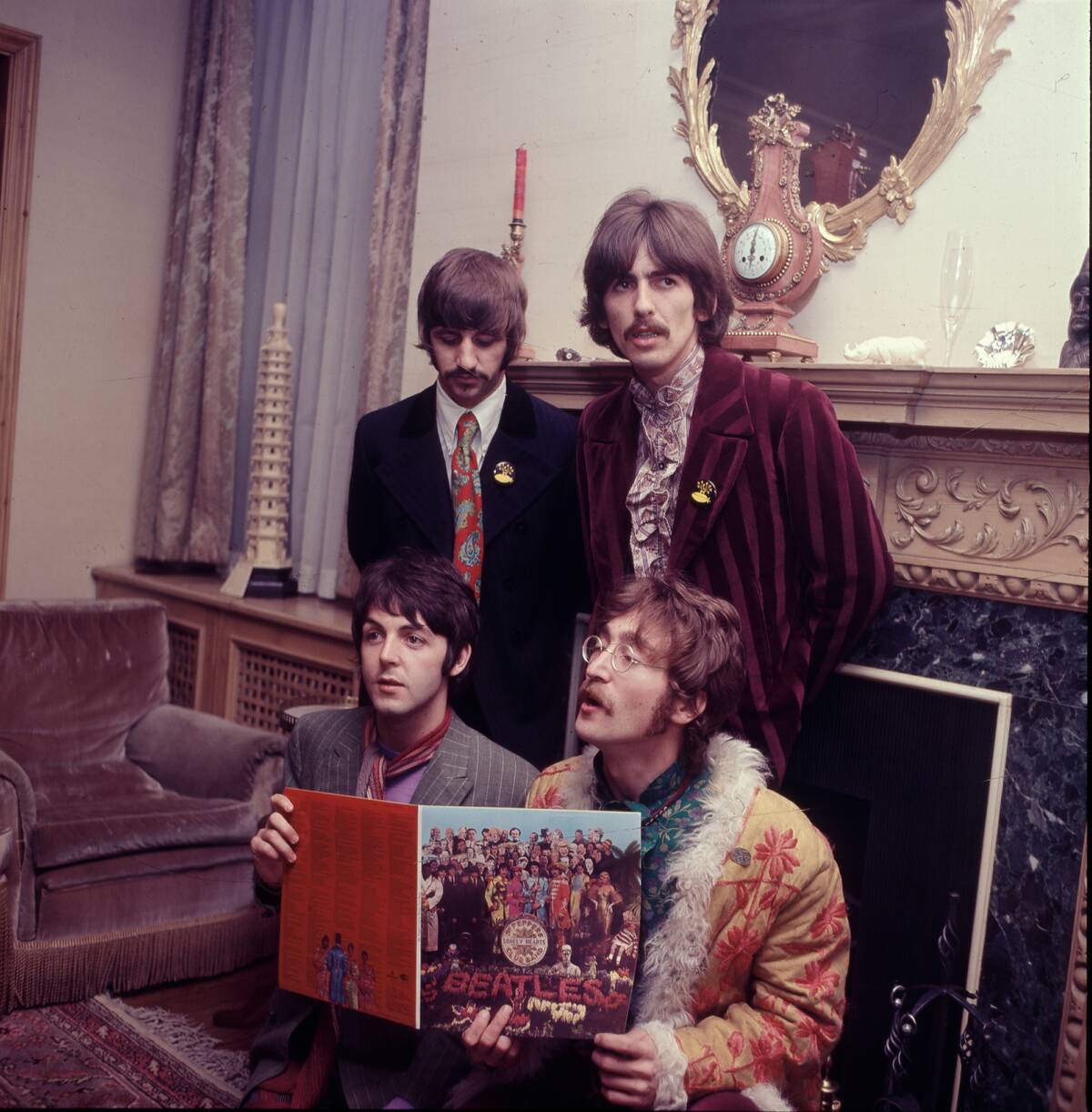
Although their simpler, catchy songs like “I Want To Hold Your Hand” and “A Hard Day’s Night” made teens the world older fall in love with them, the Beatles showed more thought-provoking songwriting, technological ambition, and eclectic influences starting with 1965’s Rubber Soul.
Their creative ambitions came through all the stronger in the all-time classic Revolver album but they practically defined an era with the release of their world-conquering concept album, Sgt. Pepper’s Lonely Hearts Club Band. Somehow, their music kept getting more imaginative and experimental from there until their breakup in 1970.
It Was A Colorful And Eclectic Time

Italian singer Mina Anna Maria Mazzini, known by her mononym Mina, can be seen here perusing products in a Parisian market in 1969.
While Mina didn’t achieve as much success stateside as she did in her native Italy, she became a beloved figure for her fearless approach to multiple genres of music.
The Rise Of Mod
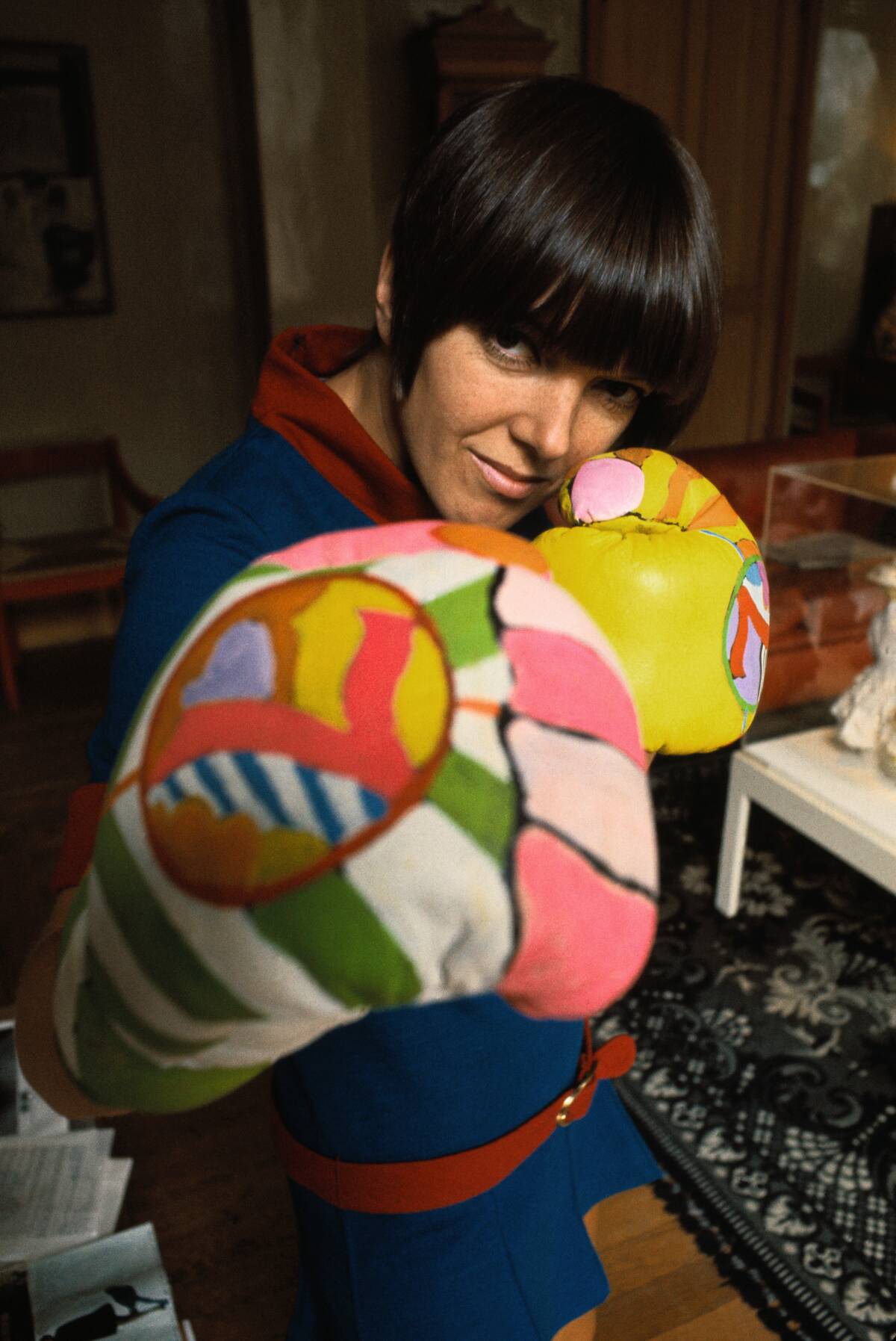
When people aim to recapture the colorful but clean London styles of the ’60s, one term that is sure to come up is “mod.” Although the term referred to the modernist bent of this style’s adherents, the word “modification” would also fit as the trend emphasized custom clothes and tailor-made suits.
Indeed, here we can see fashion designer Mary Quant at home, showing off one of her most creative projects: A pair of mod boxing gloves.
Greeting Cards Said It All

With all of the changes that have occurred between the 1960s and the present day, it’s reassuring that some aspects of the human experience have remained virtually unchanged.
This image of a woman perusing a ’60s greeting card aisle looks much the same as it would today. This is the decade in which full-color printing made greeting cards more vibrant and set the stage for Hallmark to dominate the market.
A Heartwarming Scene That Meant A Lot To These Kids

Although fandom would eventually get intense and scary enough for celebrities to need security, it was still a relatively innocent phenomenon during the 1960s.
For instance, it’s unlikely that a modern baseball star would be in a position to pitch a ball to two kids playing in New York City’s Harlem neighborhood but that’s exactly how Willie Mays chose to brighten one day for these youths.
Diners Were Everywhere
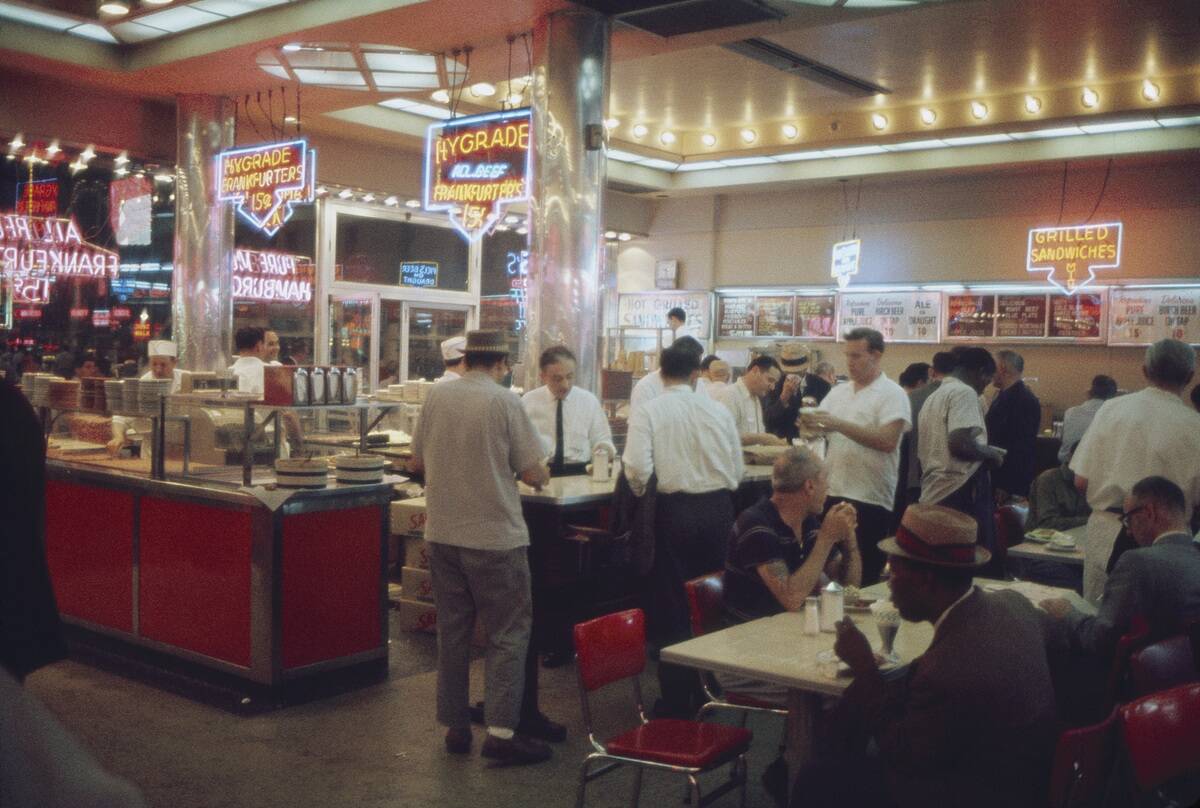
The popular image of 1960s diners evokes starry-eyed teens in a crisp, clean diner — but in reality, diners ran the gamut from classy to hole-in-the-wall.
This 1961 photo of a diner in Times Square at nighttime shows that diners often had a grittier character than depictions typically show. The fact that many diners were open 24/7 caused them to become intriguing melting pots.
The Zenith Of The Hippie Movement
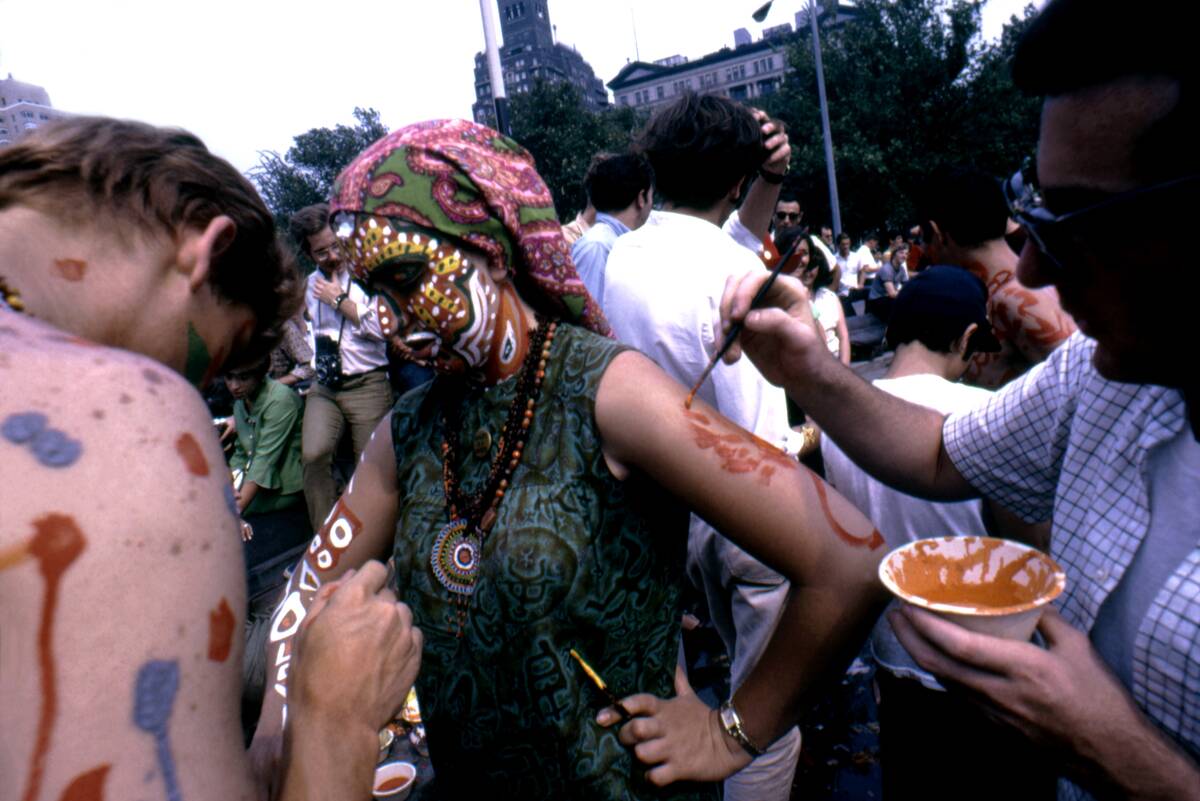
While the hippie movement was very serious-minded when it came to social issues, there was also a sense of fun, free love, and creative togetherness that made the movement so attractive to so many people.
And at no time was that togetherness more palpably felt than during the Summer Of Love in 1967. From New York City to San Francisco, hippies across the nation came together during that magical time to express themselves in a way that the socially conservative society of the time wouldn’t have allowed without their impressive numbers.
Beach Culture Was Vibrant
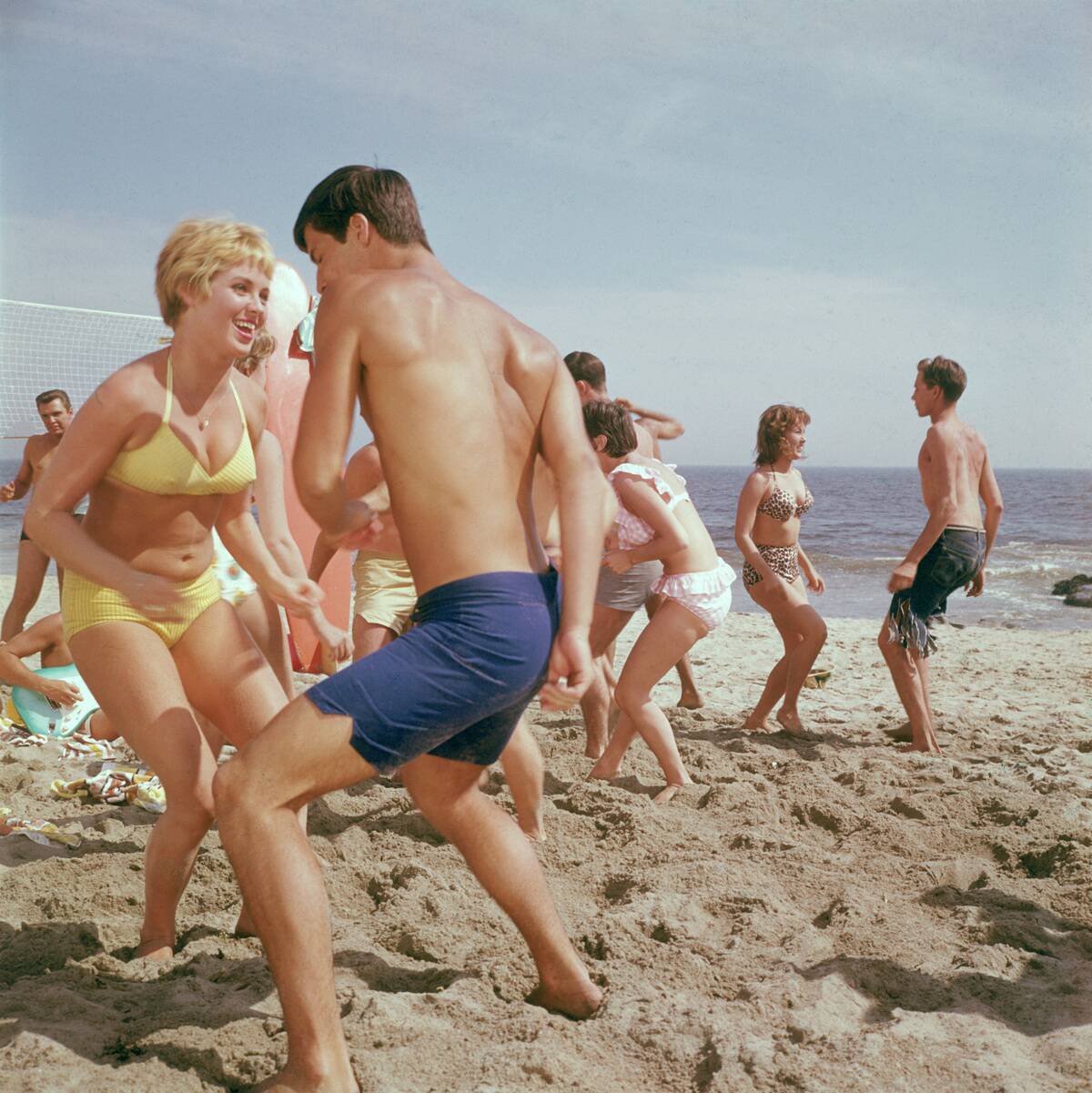
The confluence of multiple factors — surfing emerging as a popular pastime, portable speakers and radios becoming widespread, and a loosening of societal norms — combined to make the 1960s a prime decade for beach culture.
Even those who never touched a surfboard could take part in the culture, as bands like the Beach Boys and movies like Endless Summer made the beach scene more popular than ever before.
The Birth Of An Encouraging Creative Institution
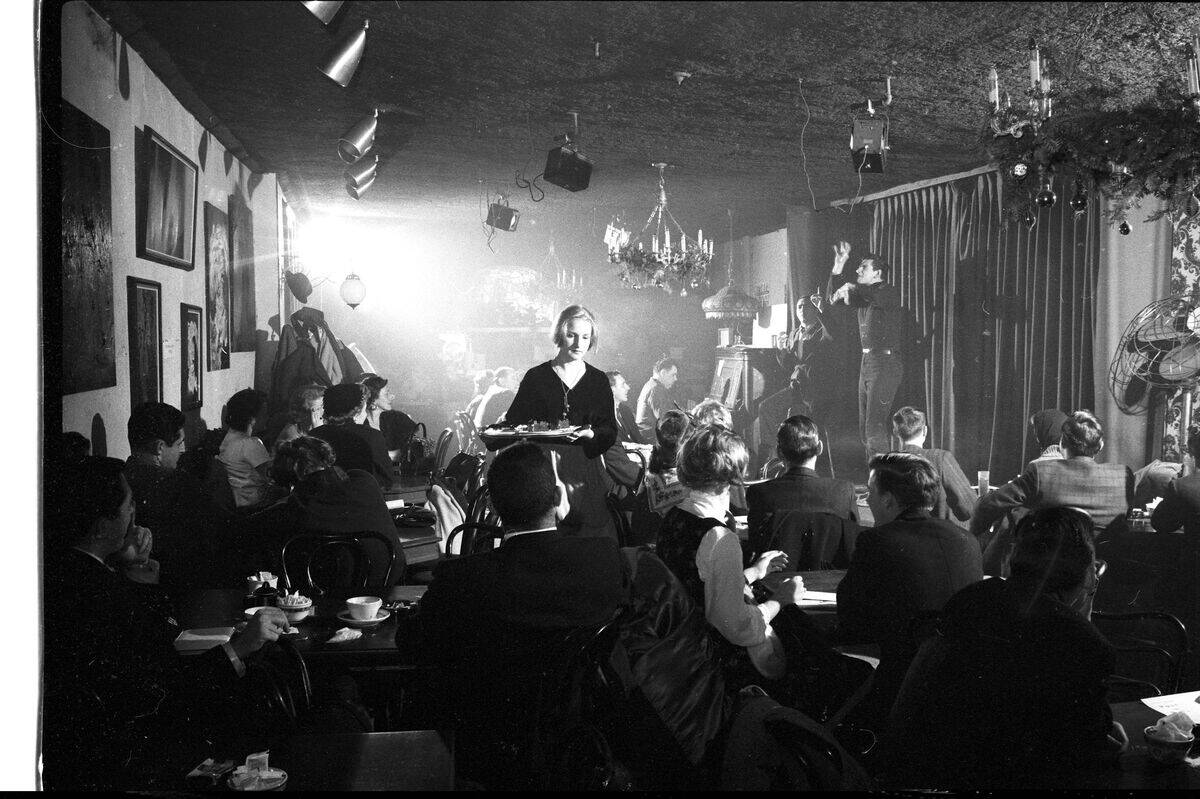
This is the atmosphere of a Greenwich Village coffee house, which has the unusual distinction of having actors perform on its small stage.
Greenwich Village’s cozy Bohemian vibes have always made it one of the best parts of New York City but its flourishing artistic community also brought the concept of off-off-Broadway theatre to life. Although that scene hadn’t quite taken hold in 1961, venues like this were among its progenitors.
School Lunches Were Simple

Thanks in part to initiatives like the National School Lunch Program, which was established in the 1940s, more and more American students had access to simple, nutritious school lunches.
These meals, typically prepared in bulk, were not particularly adventurous or gourmet, but did serve the needs of millions of hungry students.
A Place Where Something Cool Is Always Happening
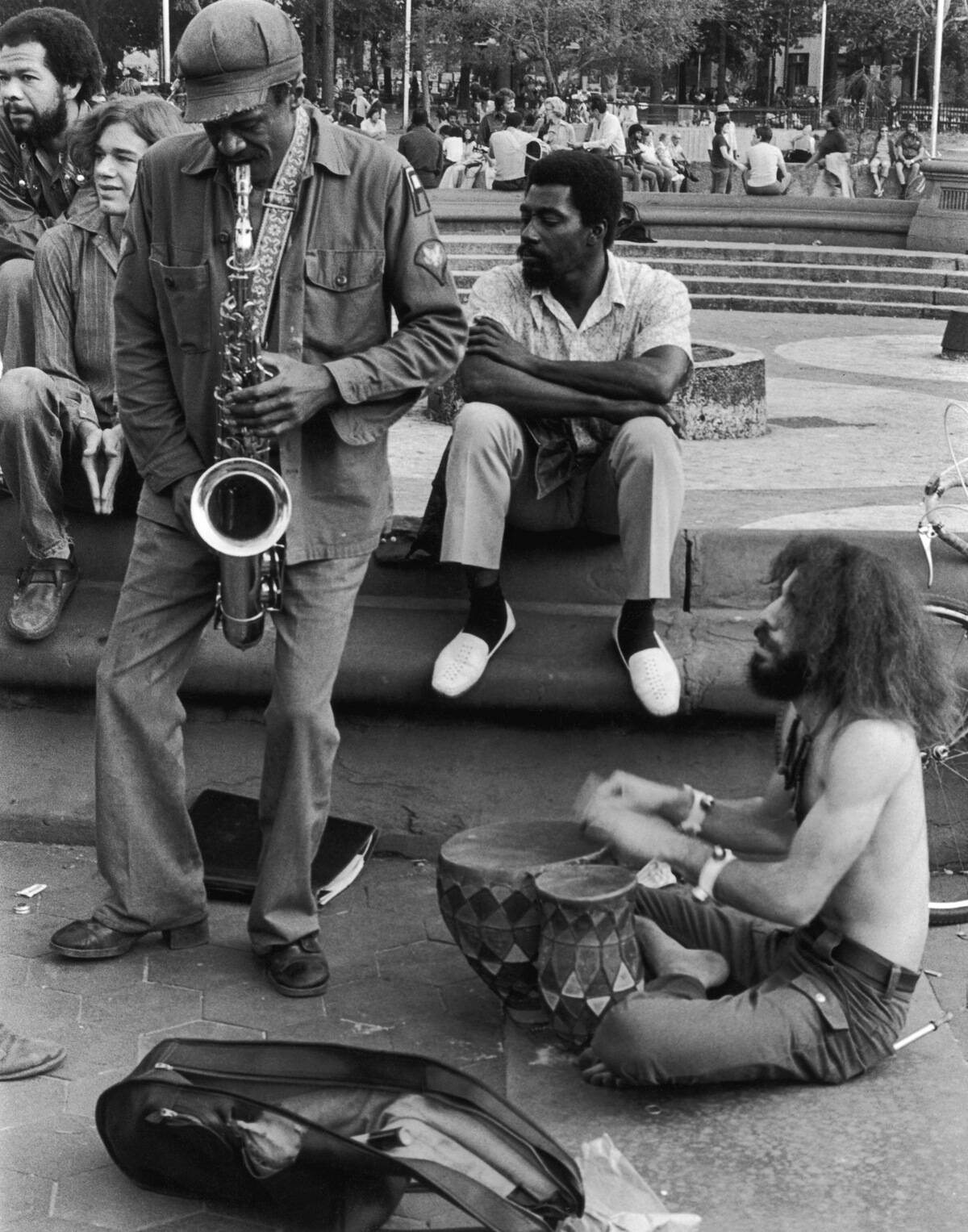
Speaking Of Greenwich Village, visitors of the famous neighborhood are still likely to find something fun going on by this iconic fountain in Washington Square Park.
That was especially true during the Summer Of Love, but a saxophonist and bongo drummer are seen having fun on a typical day a full year later.
Mopeds Gained In Popularity
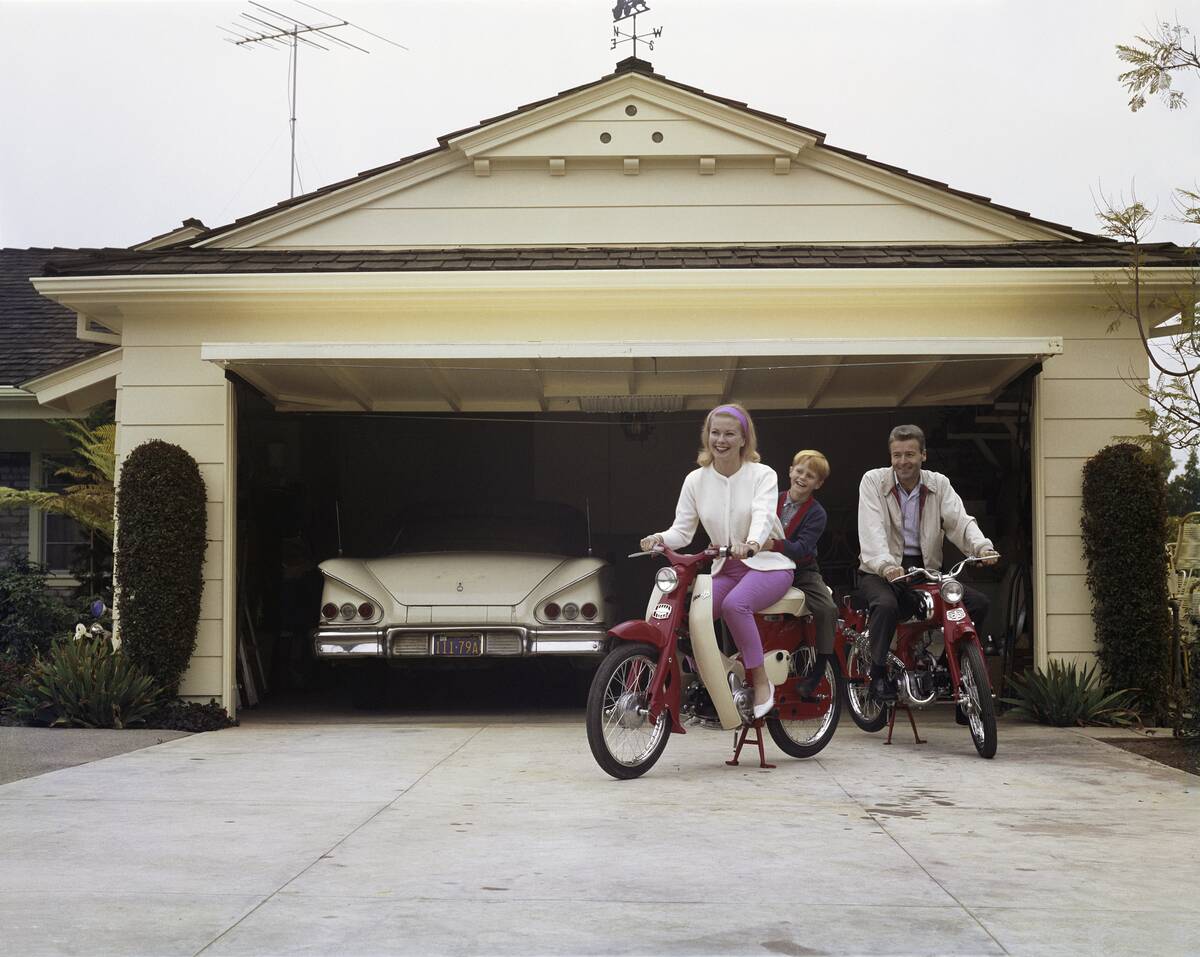
While mopeds were overshadowed by the dominance of car culture in the 1960s, these affordable modes of transportation quietly gained in popularity during the decade.
Brands like Vespa and Honda managed to establish a foothold in the United States, and mopeds could be seen zipping around college campuses and city centers.
International Cooking Became A Widespread Phenomenon

Although those living in the biggest of American cities could conceivably enjoy French and Italian cooking before the 1960s, the mechanisms of mass media empowered more Americans to bring these culinary styles to life during that decade than ever before.
Julia Child’s landmark TV show The French Chef did wonders for bringing French techniques to the masses, while Italian cookbooks started to proliferate during that decade as well. Here we can see actress Sophia Loren whipping up what was sure to be a delicious Italian dish.
Suburbia Was Thriving
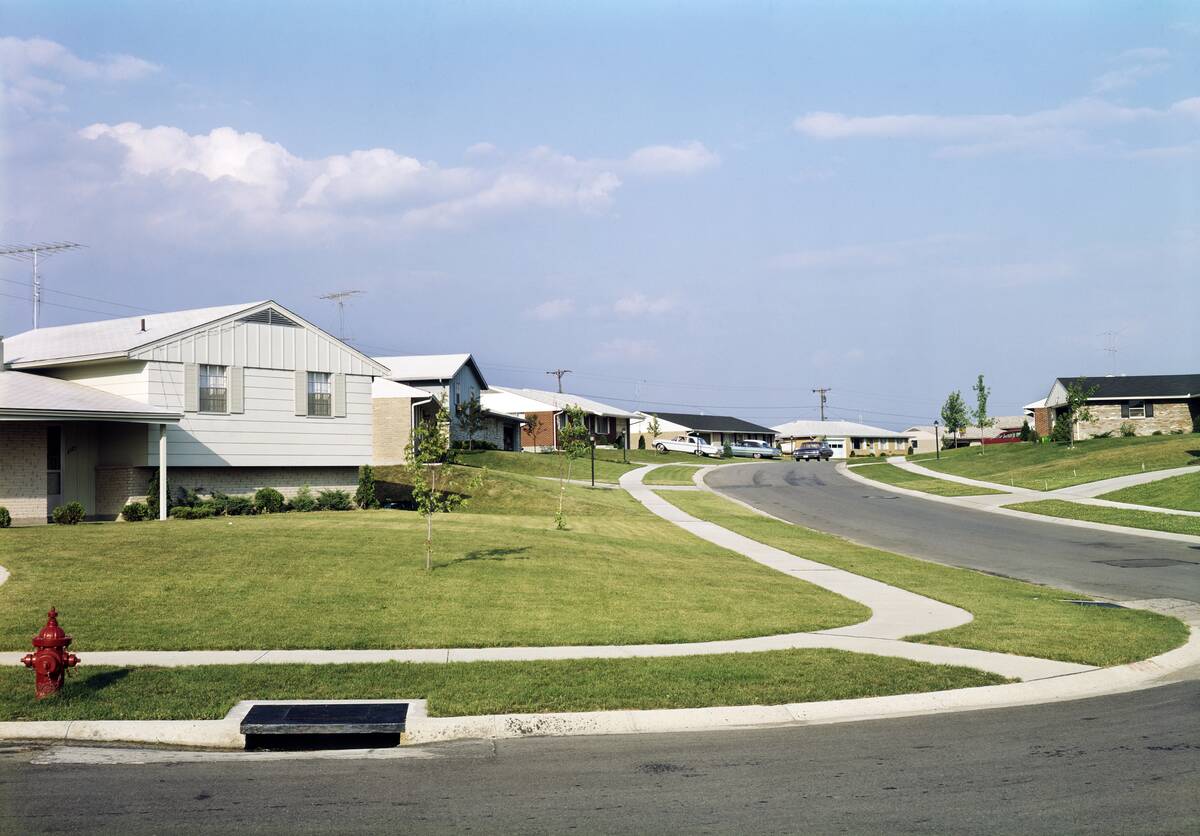
This 1960s image of a suburb in Dayton, Ohio might appear somewhat sterile, but for those who grew up in the suburbs, it should evoke a sense of nostalgia.
These suburban tracts went up on the outskirts of cities across the U.S., usually featuring manicured lawns and tree-lined streets. The ideal of the suburbs became a core component of the American dream.
A Record Store That Inspires Pangs Of Nostalgia
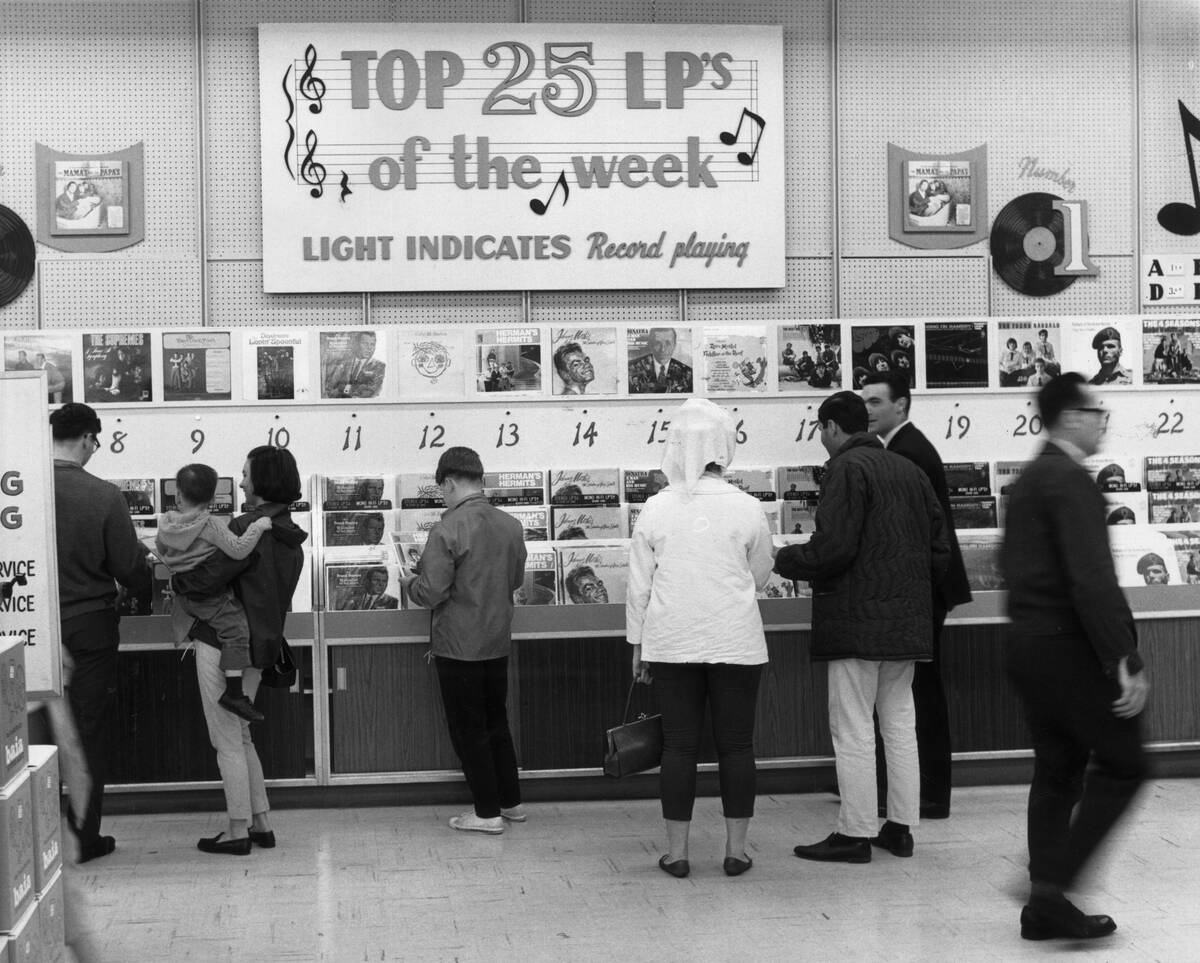
It’s hard not to get nostalgic for the record stores of old and considering how many all-time classics seemed to come out every week during the ’60s, it’s hard to think of a better time to peruse one.
As the sign says, we can see the week’s top LPs on the walls, including timeless works by The Beatles, The Animals, and The Righteous Brothers. On this week in 1966, however, the most popular record was the self-titled album by The Mamas & The Papas.
Sandra Dee Was Popular

Sandra Dee, seen here on her 21st birthday at the 20th Century Fox studio, was a popular star of the ’60s, known for her girl-next-door image.
Dee first gained attention for her role in 1959’s Gidget and had a string of minor hits in the ’60s. While her star power had virtually evaporated by the end of the decade, she’s still fondly remembered by those who lived through her prime.
A New Age Of Family Planning

Although some forms of contraception had existed for centuries by 1960, that year saw the birth of an all-new pill that still remains a significant part of millions of women’s lives today.
While many women can attest that birth control pills can have some difficult side effects, this pack of Zorane pills — made by the now-defunct American Cyanimid Company — marked the beginning of a much safer era of prophylactics for women than before.
Kids Couldn’t Wait For Summer Camp

Summer camp was a core component of childhood for many Americans in the 1960s, as the baby boom fuelled construction of sleep-away camps in the great outdoors.
Camps were frequently specialized, with both the Boy Scouts and Girl Scouts operating camps nationwide, while other camps focused on specialties like the arts, sports, or outdoor survival skills.
Motorcycle Culture Takes Off In A Big Way
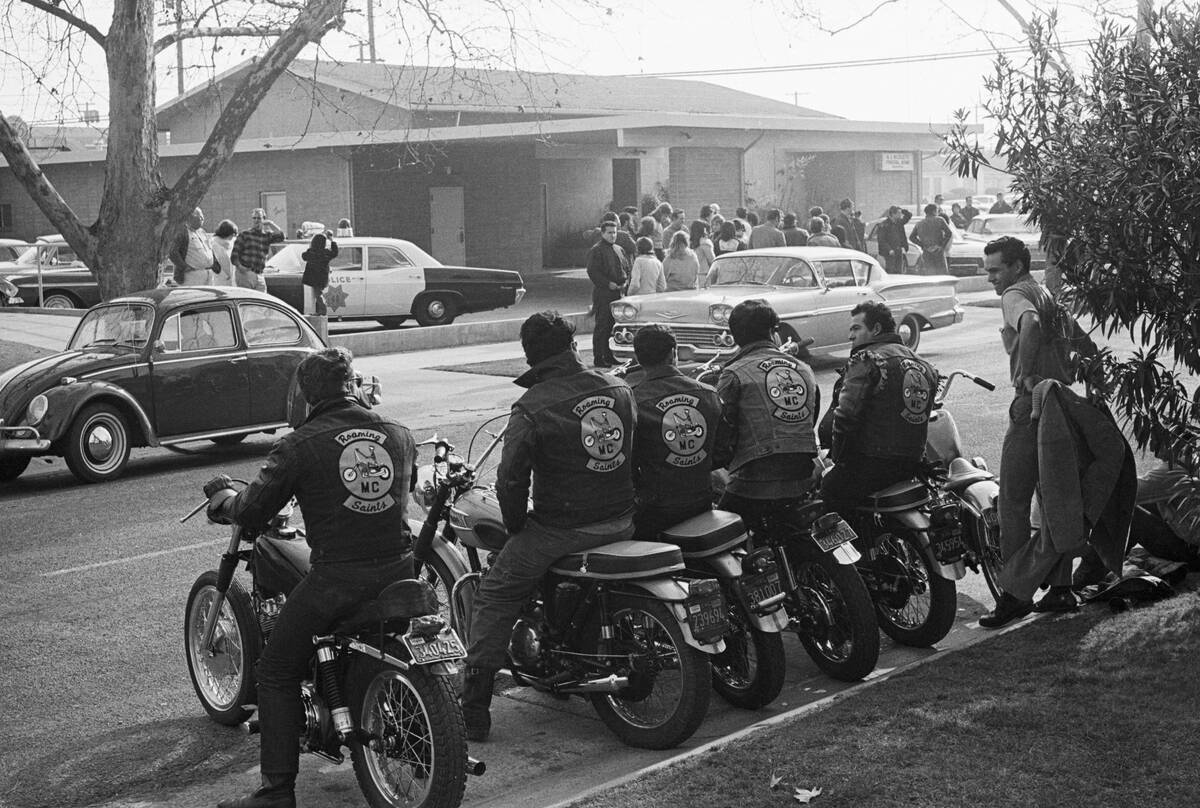
Even before films like Easy Rider expressed the nomadic freedom and camaraderie that so many Americans felt traversing the country in their motorcycle clubs, the ’60s were a banner era for these groups to proliferate.
Although little is known about this Roaming Saints motorcycle gang nowadays, it’s worth noting that even in 1960, former American Motorcyclist Association president William Berry expressed that 99% of riders were law-abiding citizens. That’s also why outlaw clubs like the Hell’s Angels tend to include “1%” somewhere on their jackets.
Hotel Pools Became A Phenomenon
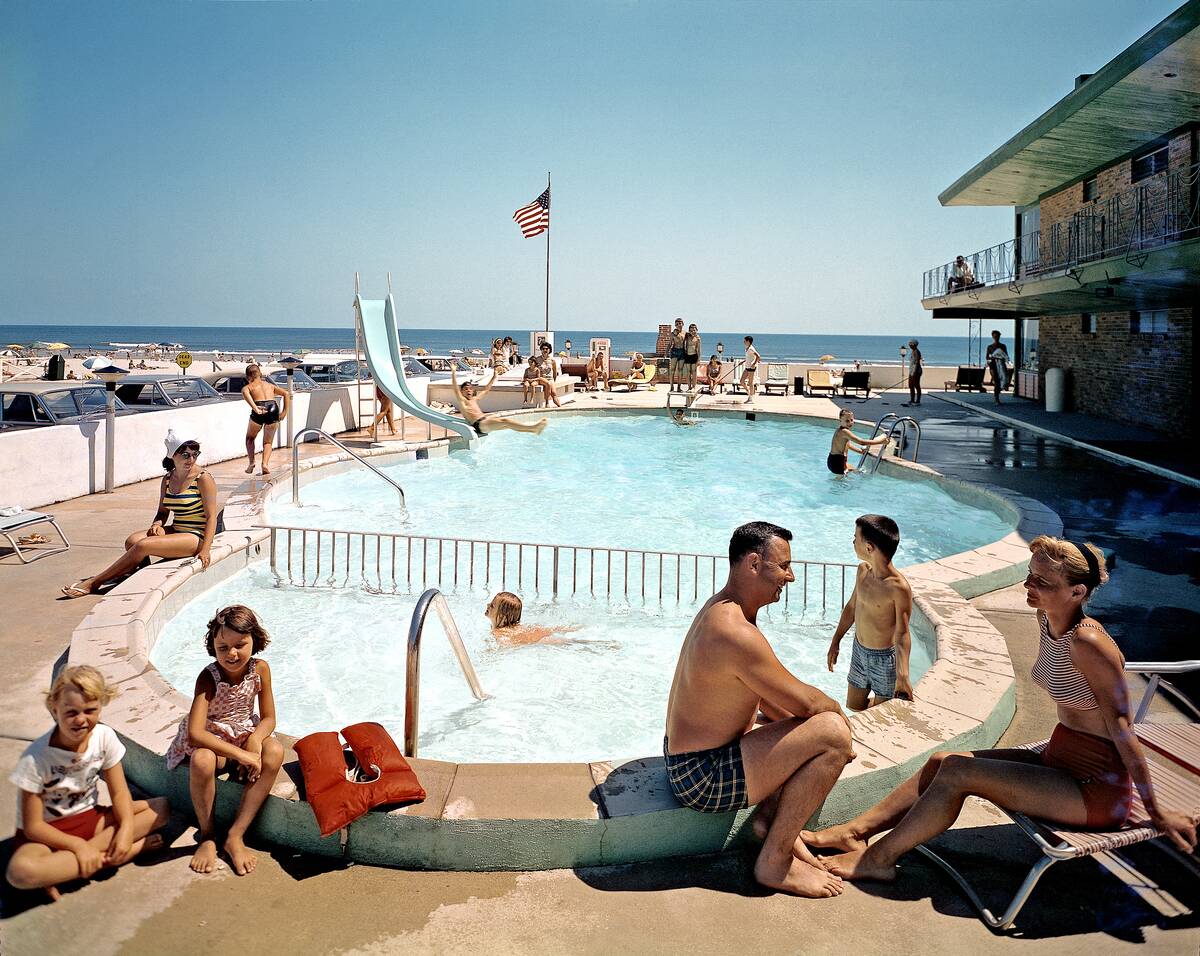
Most hotels with walk-in rooms and outdoor pools look dated by modern standards, but when these hotels (or ‘motor lodges’) first sprung up in the middle of the 20th century, they represented a new way of vacationing.
Because these hotels were built largely to cater to families on road trips, they were typically built close to major routes. Features like swimming pools provided an oasis for families on the go.
Not Even First Class Looks Like This Anymore
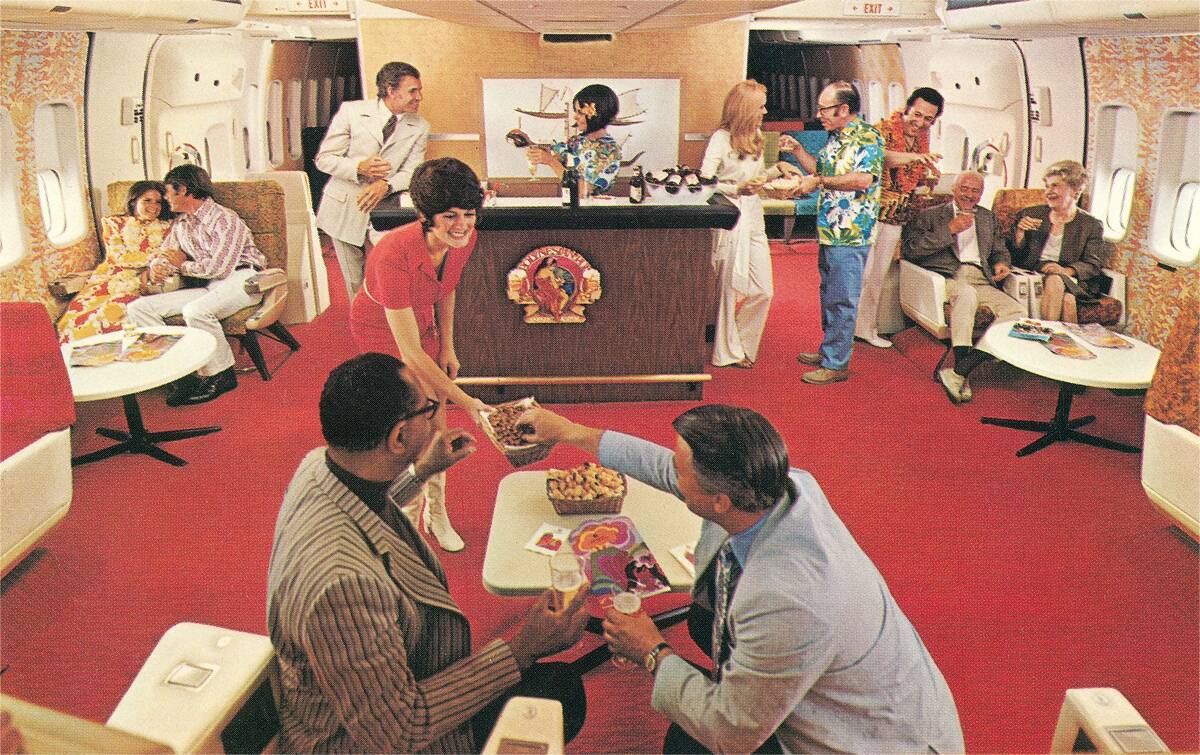
It seems nigh impossible to fathom for modern flyers but in the late ’50s and ’60s, there used to be elaborate party lounges like this on aircraft that resembled the dining cars in trains.
While first-class passengers today can enjoy far more legroom and full-service accommodation, even they don’t anything this spacious and stylish to experience.
Bright Colors Were In
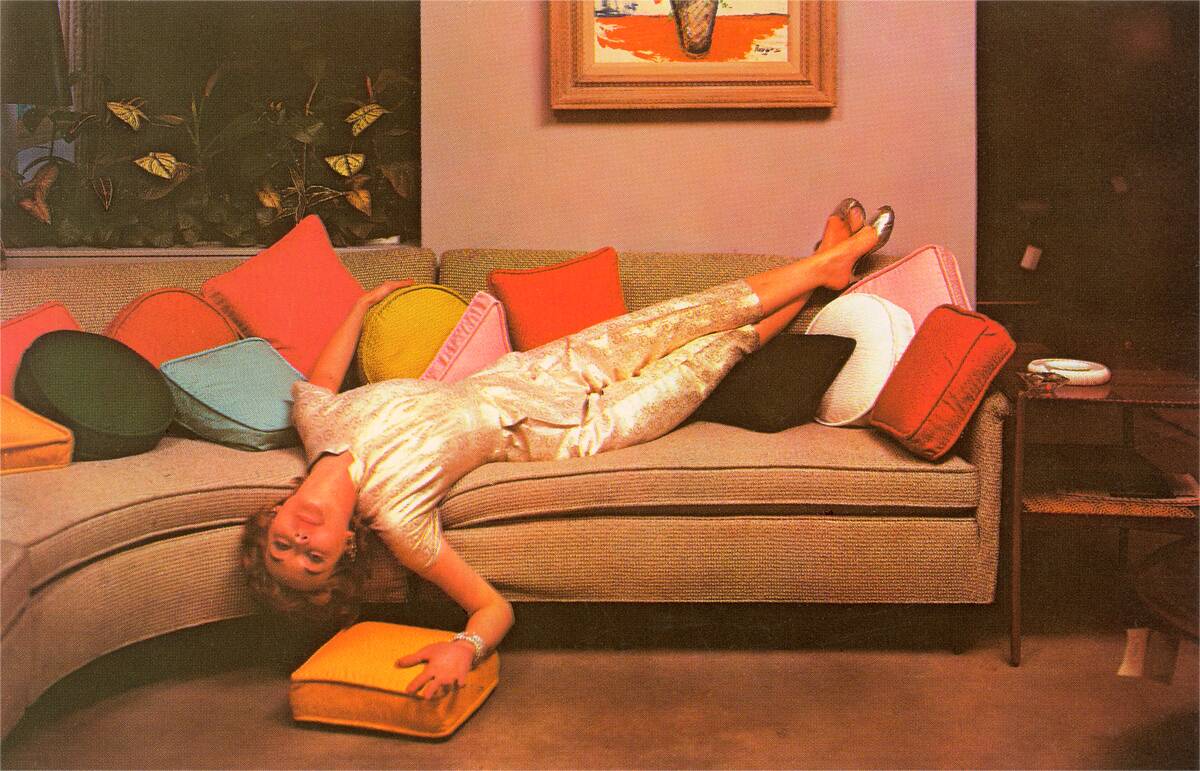
There’s very little information regarding the context of this 1960s photo of a woman lounging uncomfortably on a sofa, but the picture still offers an intriguing glimpse of ’60s fashions.
The woman’s gold jumpsuit would certainly turn heads at the time, while the array of vibrant, colorful pillows on the couch shows the decade’s move to bolder, less conservative colors.
A Sweet, Intimate Dance

While people certainly have a lot of fun at the raucous clubs and dance events more commonly found in modern times, that doesn’t make more wholesome, romantic scenes like the one depicted in 1965 any less heartwarming.
This dance took place near the Acapulco Beach area of Beirut, Lebanon. At this point, the nation was experiencing a time of relative calm and prosperity in the aftermath of a civil war.
The Twist Was Massive In The Early ’60s

Although The Twist dance craze was older than Chubby Checker’s 1960 version of the famous song, it was nonetheless his version that pushed it to number one on the Billboard Hot 100 and made the world go as crazy for it as they would for the Macarena 30 years later.
Like the Macarena, the dance also had some impressive staying power, as Checker’s song improbably reached number one yet again in 1962. Indeed, that’s when these young people in Paris were doing The Twist.
Not Every Protest Was A Matter Of Civil Rights
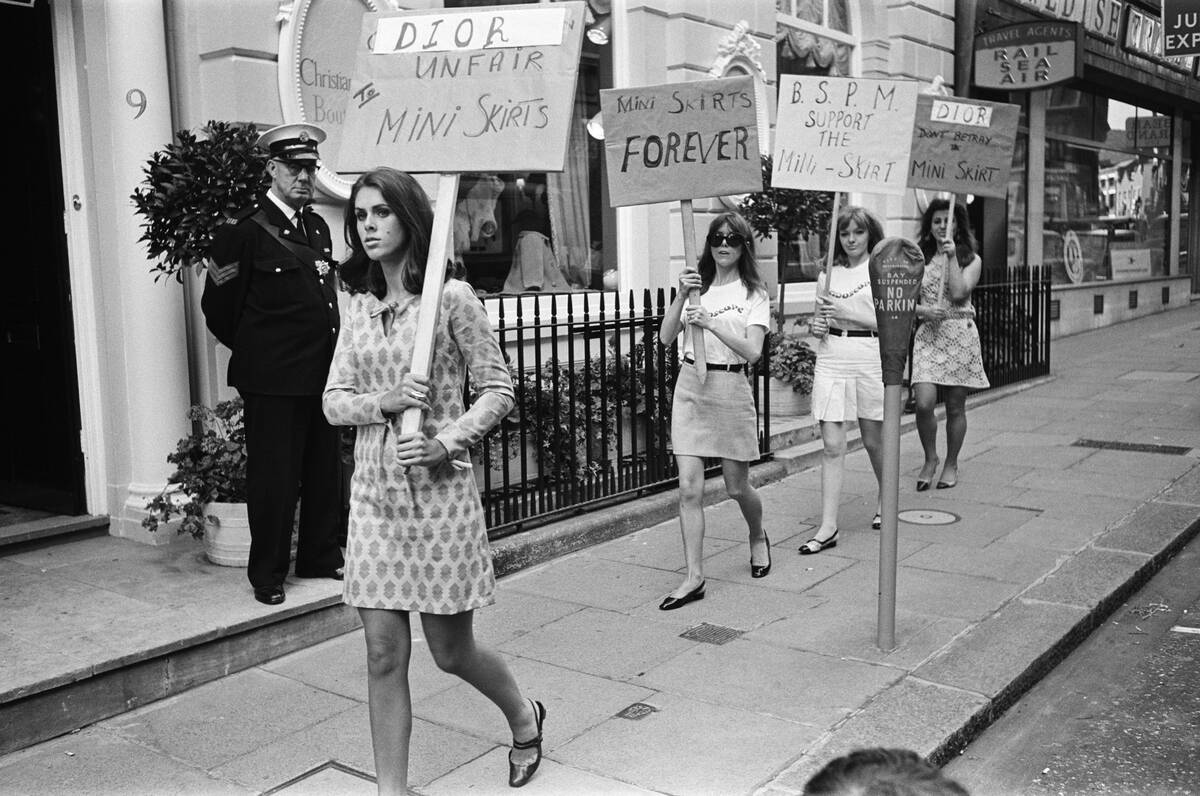
Whether they had to do with the African-American Civil Rights Movement, the Women’s Liberation Movement, the Stonewall Riots of 1969, or demonstrations opposing the Vietnam War, most protests throughout the ’60s concerned serious political matters.
Yet, it seems that not every protest had such frighteningly high stakes. For instance, these women appeared to be disappointed at Christian Dior for the lack of mini skirts among the fashion house’s collection. They were certainly popular garments at the time.
Everybody Wanted This Car Growing Up
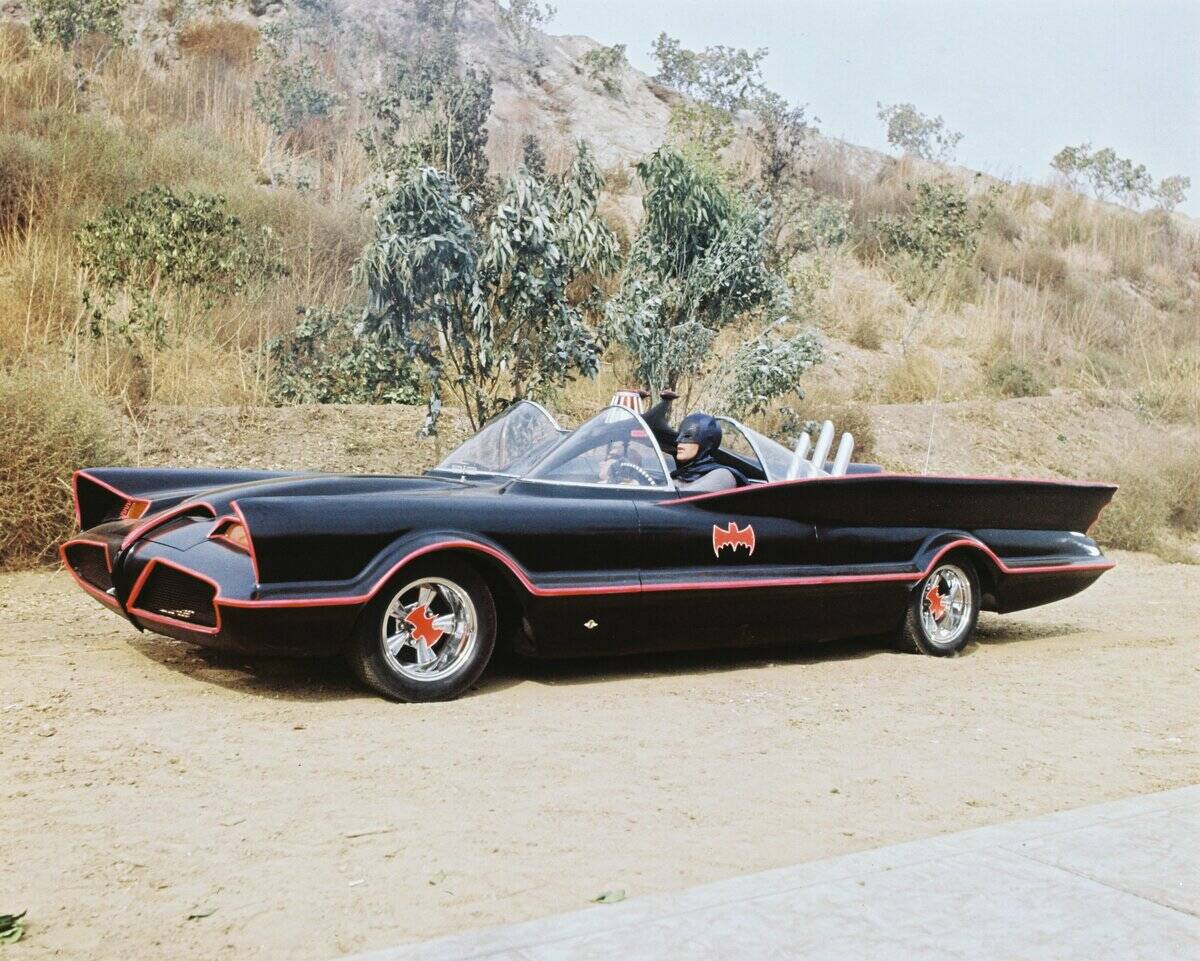
Although so many generations has grown up with a Batmobile to get excited about, it’s fair to say that many of them have been pretty impractical over the years. A rolling fortress doesn’t exactly fit in most garages.
While the Batmobile from the classic light-hearted series with Adam West is also pretty cool, it also looks like a car that someone could realistically own and drive. That makes the fantasy seem a little more attainable.
Listening Closely For Something Big In Something Small

Unless they’re trying to get updates about an incident that knocked the power out, you’re not likely to see people crowd around a transistor radio nowadays. However, their portability and the relevance of terrestrial radio in the ’60s made the behavior these eager teens are engaging in fairly common.
It’s unclear whether their rapt attention is regarding an important news bulletin or they’re simply waiting for their song request at a local radio station but this looked like a big moment for them.
Anyone Who Was Anyone Performed On This Stage
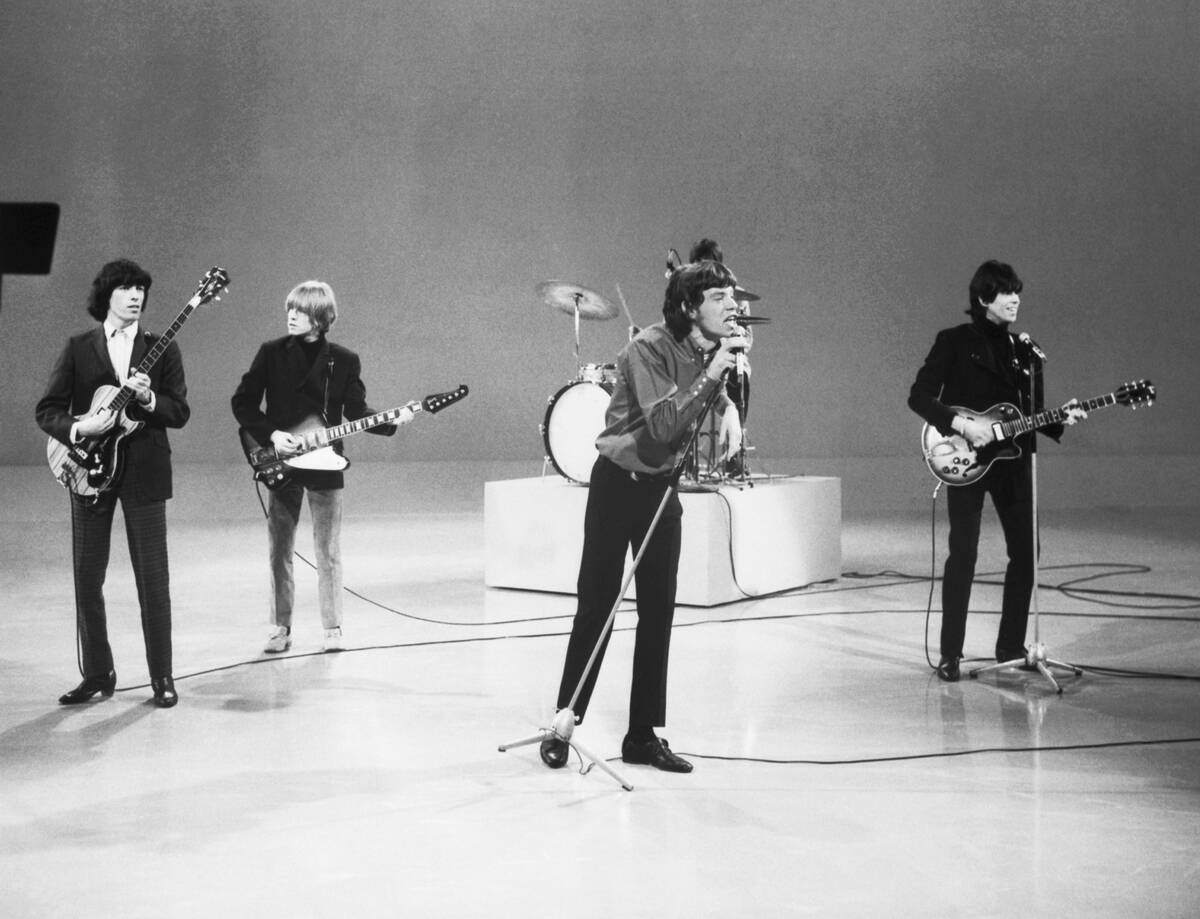
Although the controversies that arose from their appearances are adorably quaint by today’s standards, there was a reason so many bands were willing to put up with the nervous demands made of them when they appeared on The Ed Sullivan Show.
That’s because it was the ultimate sign that an act had made it and potentially exposed them to a staggering proportion of the American population. From Elvis Presley to The Beatles to The Rolling Stones, the biggest stars of the era found their way to The Ed Sullivan Show at least once.
What Is Nostalgic Now Was Scandalous Then
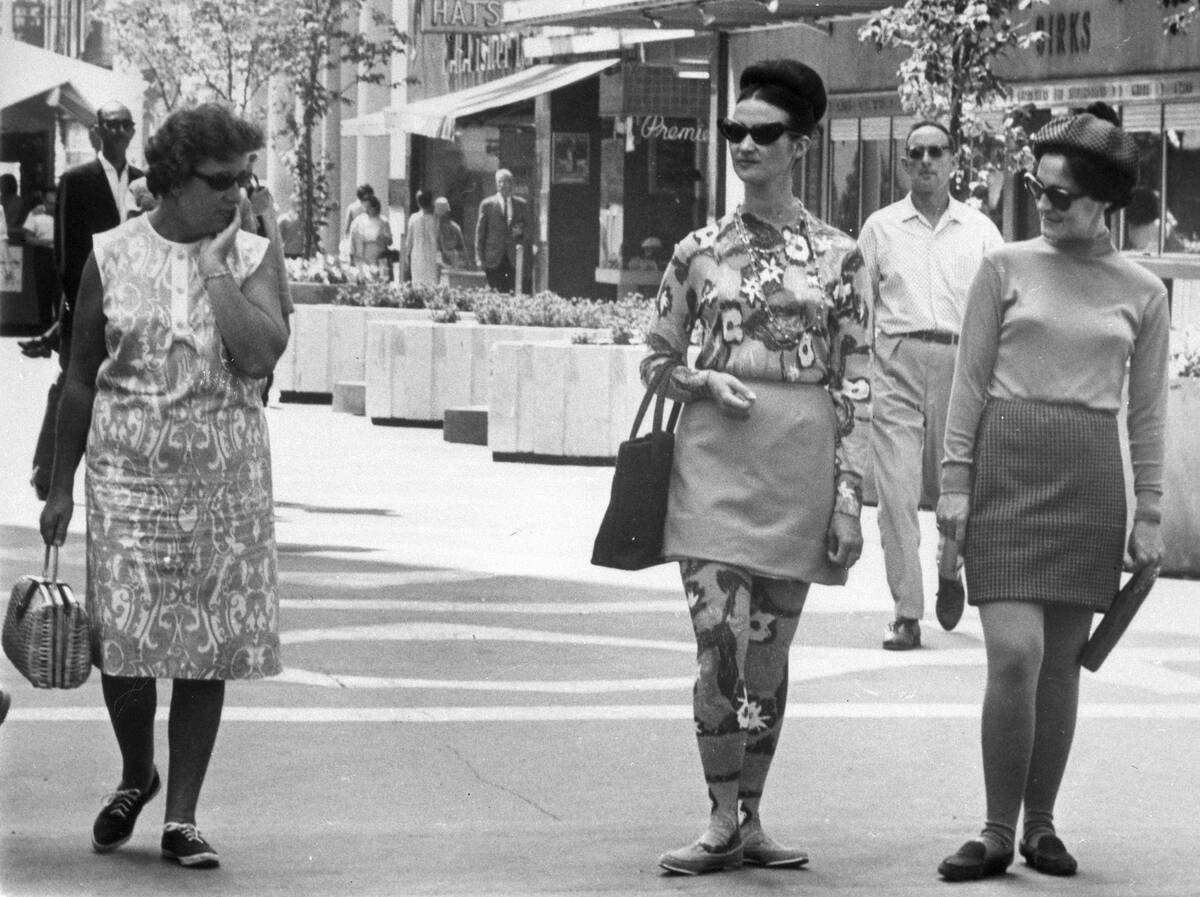
While we’ve seen that mini skirts proved popular enough to inspire protests in their favor, not everyone thought they were appropriate to wear.
For instance, the woman on the left in this photo from Ottawa, Canada in 1965 seemed stunned and scandalized by the thigh-high hemline she’s seeing on these younger women’s clothes. So many American teens at the time could also attest that this was a common reaction.
This Was The Life, Even Though It Only Recently Started
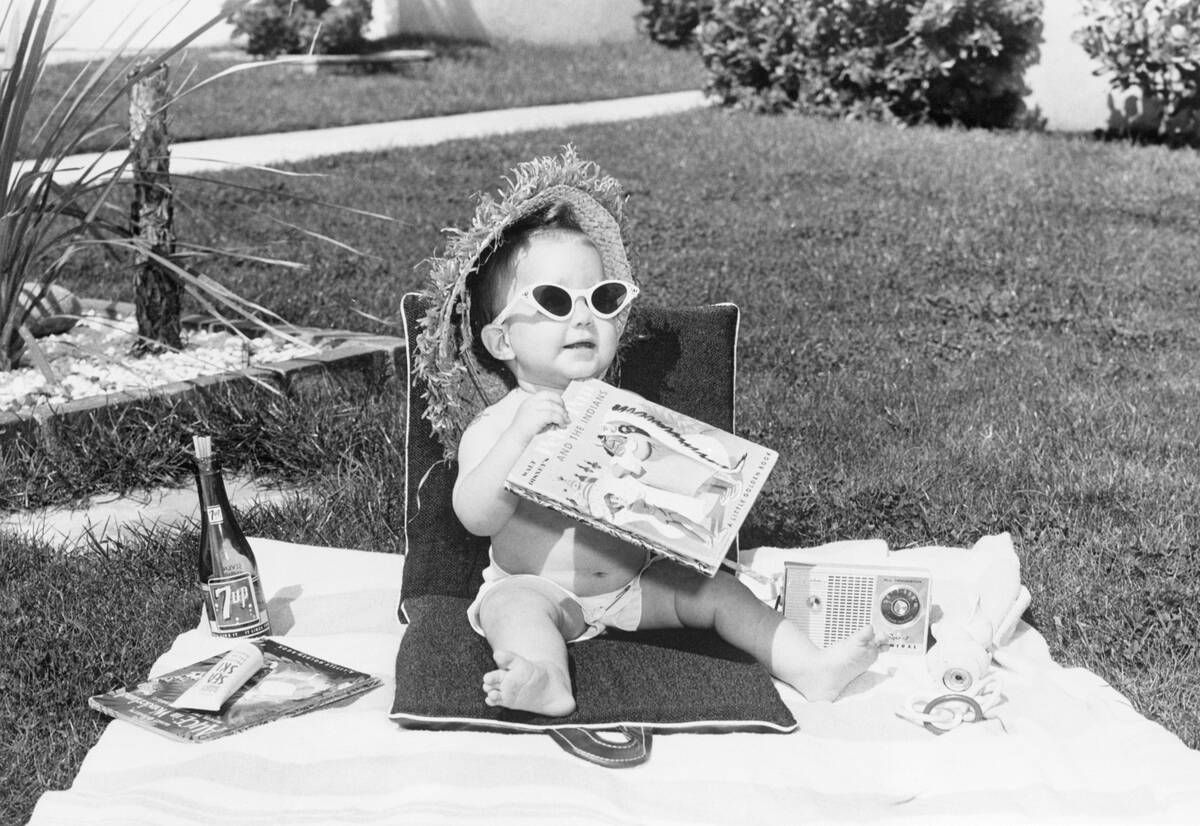
Even now, it’s hard not to envy the good time that nine-month-old Kari Pardini was having outside of her California home during the first warm days of spring in 1960.
Seen here with cute sunglasses, an adorable sun hat, and an assortment of items ranging from a radio to a Peter Pan book to a tube of suntan lotion and a bottle of 7Up, Pardini was taking full advantage of a sunny day.
The Traditional Mode Meets The Hot New Thing
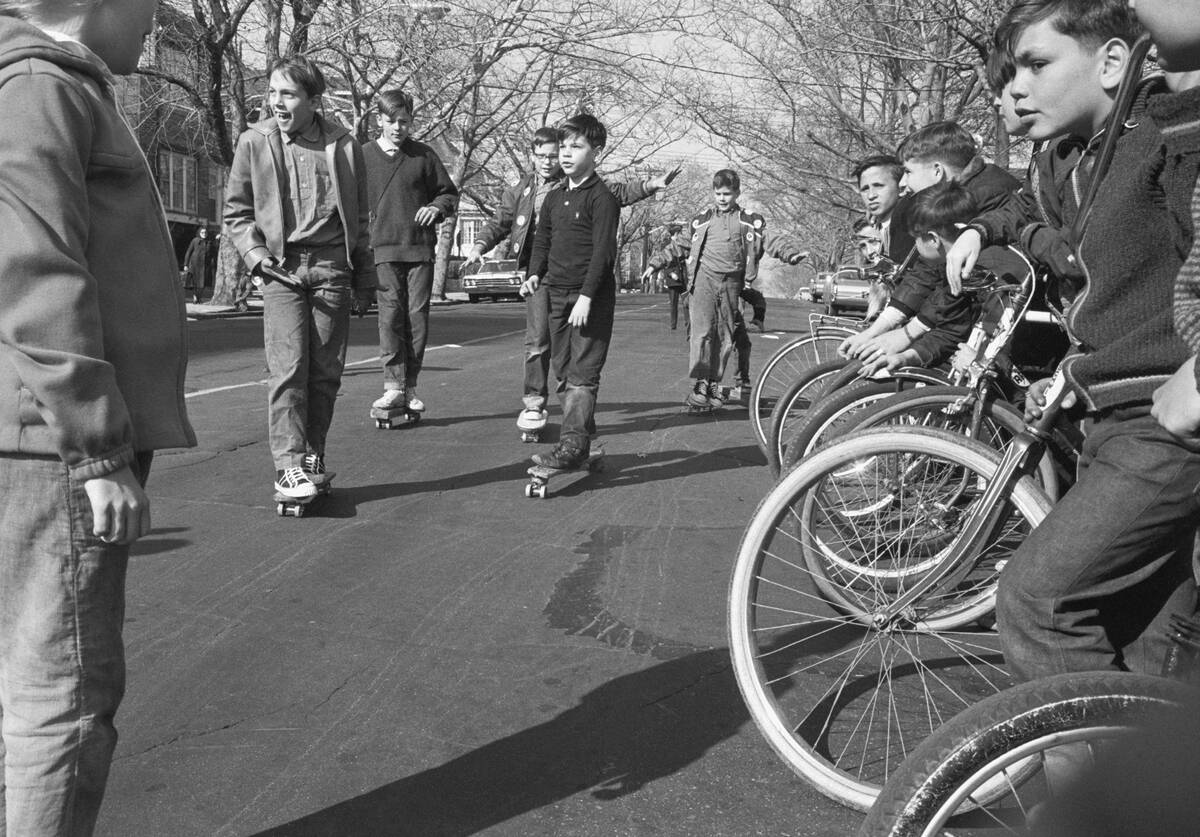
Although skateboards weren’t an invention of the ’60s, that’s nonetheless when their popularity started to take hold among America’s youth. Here, we can see New York City children in 1965 watching curiously as their peers get the hang of their new boards.
At the time this photo was taken, skateboarding was described as the “latest fad.” However, the travails of Tony Hawk and other pro skaters 20 to 30 years later proved that this “fad” prediction majorly missed the mark.
The Double Dutch Was An Established Tradition By Then
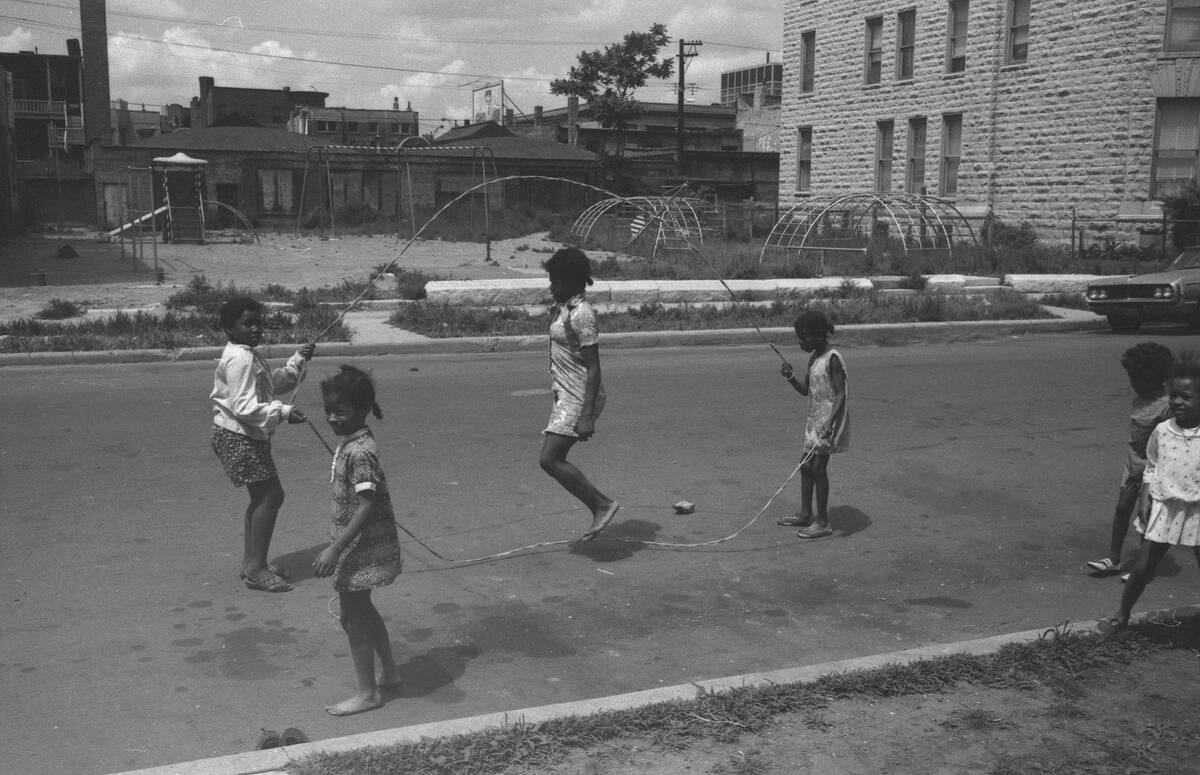
While the complex Double Dutch style of jumping rope could have origins as far back as the turn of the 20th Century, it started catching on among young girls in predominantly Black neighborhoods by the 1950s.
Although New York City was the epicenter of the most organized Double Dutch competitions by the 1970s, this photo from Chicago’s south side in 1967 shows that it was already a national phenomenon by the ’60s.
